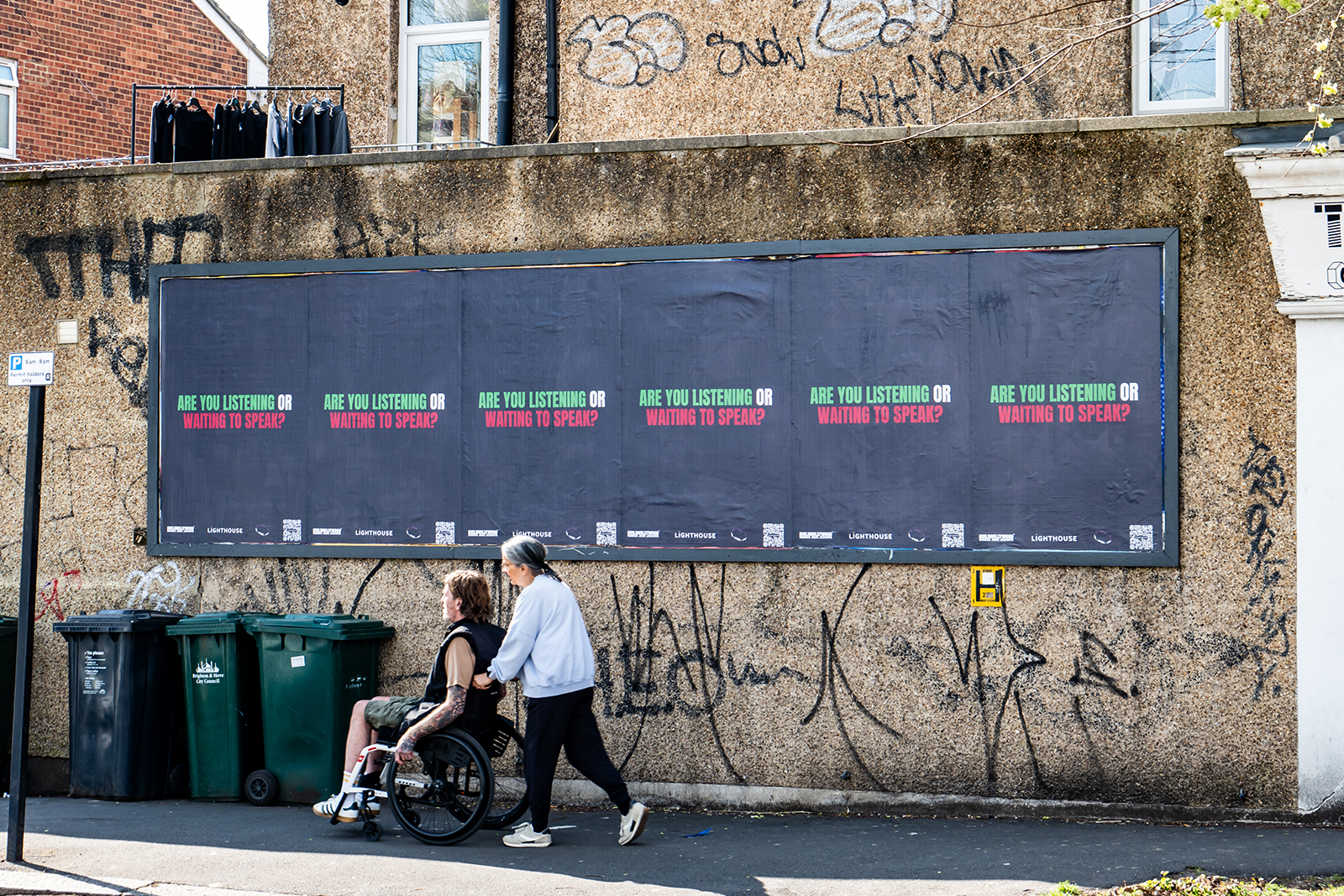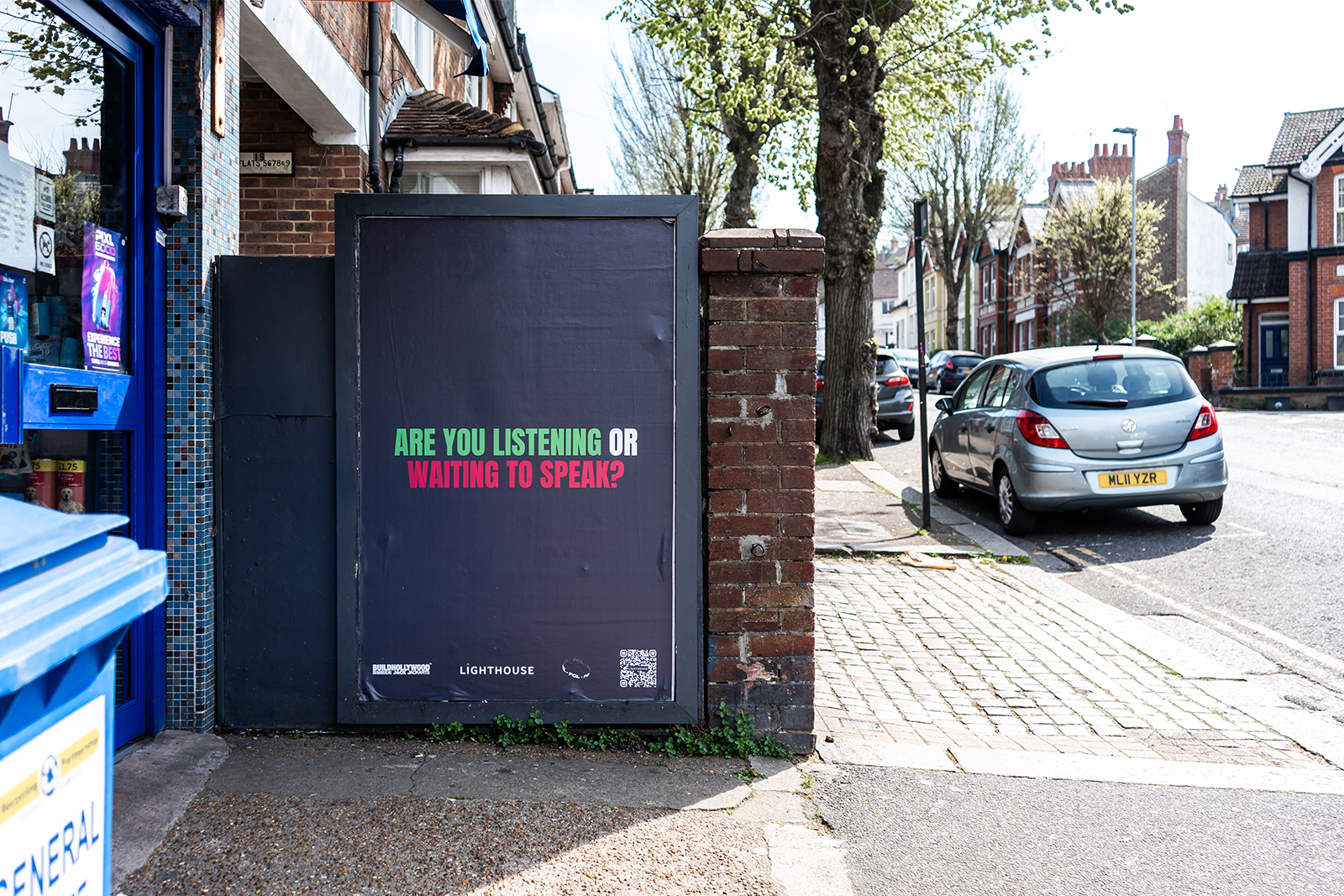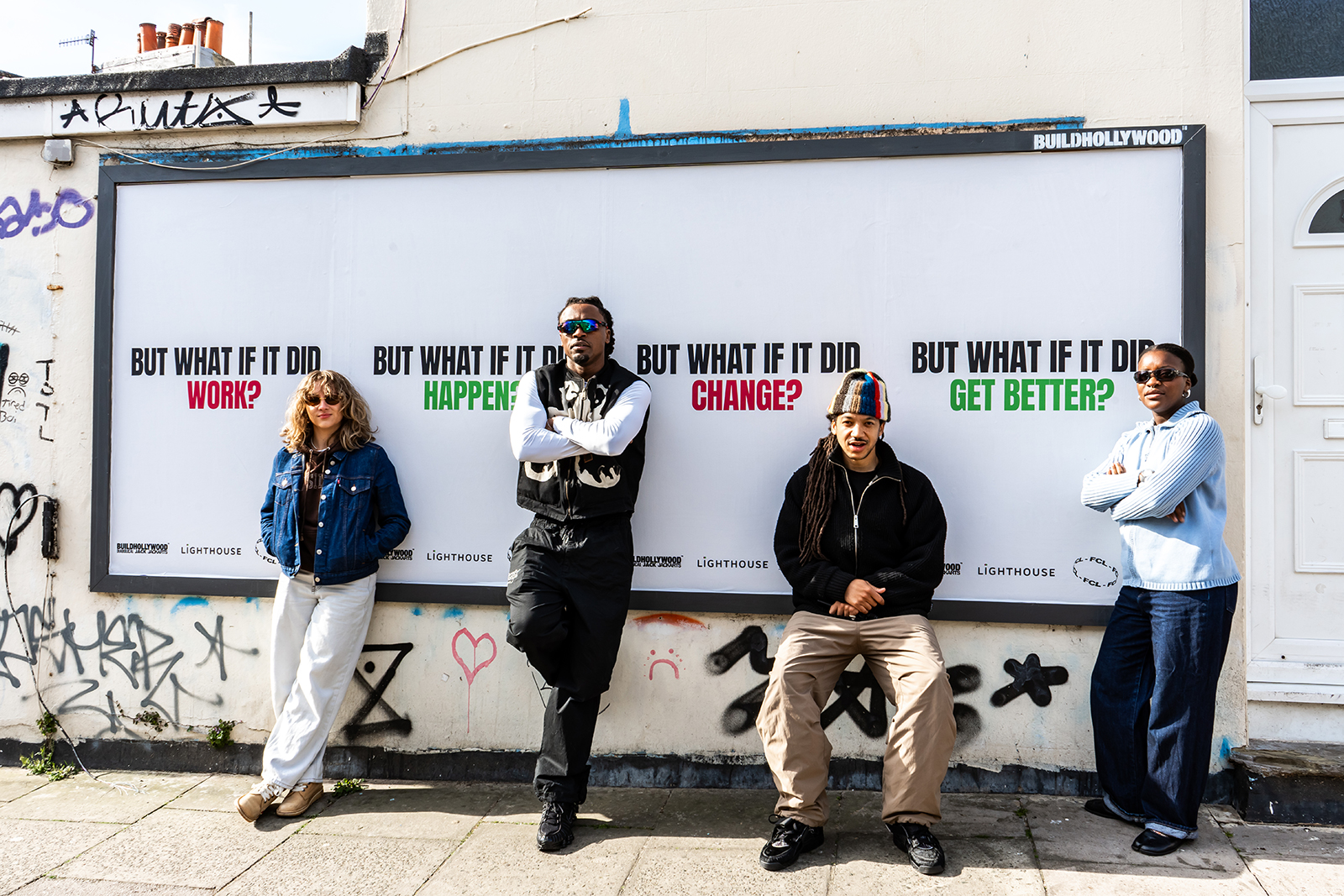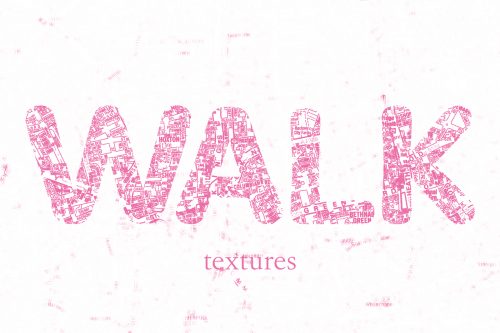‘Engaging with his programme and being opened up to a whole new paradigm of thought,’ said Bobby. ‘That led to me and Lighthouse developing our relationship. Now they’ve invited me in, in a not dissimilar role to Elijah, but an even more bespoke design. They’ve given me agency, they’ve liberated me by giving me a degree of financial security, creative freedom, responsibility; platforming me and embedding me in the organisation in a leadership position. It’s been a real point of liberation for me, some of my proudest work.’
Now his work with the Future Creative Leaders programme has been made visible, across the city. Workshopped with this year’s cohort of 19–26-year-old artists on the year-long programme, which is funded by The Henry Smith Charity, Art Fund and Chalk Cliff Trust, the bold billboards launched across Brighton and Hove in time for Brighton Festival. Bringing urgent, unapologetic provocations to the public eye, they’ll later be exhibited at the Lighthouse Project Space between 1-18th May.
The posters follow a previous billboard collaboration, last year. ‘We wanted to make some noise in the city. We’re losing space, we’re losing platforms. Our voices need to be heard and it was so affirming to have that support from BUILDHOLLYWOOD.’ The campaign, which featured a series of questions from Future Creative Leaders alumni, contributed to thousands of people coming through their project space, with Bobby and Lighthouse supporting over 60 artists in less than a year. ‘It’s amplified what we’re doing,’ explained Bobby. ‘It charged people up. It’s a buzz, big style, seeing your work on that scale.’ And what does that buzz do for the young people you’re working with? “It’s empowering. They see their words amplified, platformed. They see their ideas acknowledged and that’s rare. They’re too often shunned, criticised, gaslit.”
It’s a tough landscape in which to be nurturing the next generation. ‘We have weathered many storms,’ he said. ‘Not willingly, not voluntarily. But when is a lighthouse most effective? During a storm. That’s a bit of a mantra for me.’
Can you ground us in your current creative and community practice?
It blurs between artists, manager, artist mentor, artist advocate, artist coach and being in service to art and community and culture. I’ve done a lot of ancestral research, understanding roots and culture I’ve inherited and trying to forge purpose and responsibility within that. Saying that, there’s certain words I’ve wrestled with – leader, mentor. The word ‘leader’ has been tainted by the leaders we’ve inherited. I think we’ve been misled; there’s a lack of quality leadership. I’ve had to reframe it. Who do I recognise as leaders artistically, creatively, politically and culturally? That’s led me to do the Future Creative Leaders programme at Lighthouse. I felt honoured to deliver a programme like that. So rather than me feeling burdened by being called a leader, I share that weight with the young people I work with. I know it feels weighty, but here are the leadership qualities I observe in you. Whose lead would you follow?
You are a youth worker and an artist. Can you talk me through how your creative work and community work are intertwined?
Absolutely. There’s been instances where people I’ve done youth work with have then worked with me in a paid capacity. Then I encourage people who work with me commercially or creatively to lend themselves to the community and youth sector wherever possible. If they’ve benefited from public sector services, to ensure they still recognise and give credit to that as well. Oftentimes in the ‘thank yous’ people forget PRS Foundation, Arts Council, Youth Music or their local youth club, youth worker, music teacher. They’ll thank managers or labels. Increasingly you’re seeing people pay homage to the grassroots – Femi (Koleoso, Ezra Collective), Jordan Stevens, Myles Smith at the BRITS. A lot of culture, creativity, doesn’t exist without that early-stage provision, that grass roots provision.
What are the main difficulties?
Economic stability. Political mismanagement. Space. I was in Bottega Rooms for Four Years (run by AudioActive). There were bands, recording sessions, mentoring. We lost the space – and without a replacement. Finances. We’ve secured Future Creative Leaders for another year. To have significant impact, we would have this roll for three or four years. Then you get alumni, then you get momentum, then it snowballs. Our space, New England House, is under threat. It’s been underinvested in, despite raising money for it. Lighthouse spent 60k kitting out the space less than 12 months ago, on a three year lease and within six months we were told the building wasn’t fit for purpose. These are barriers we keep hitting.
Did you see the Institute of Fiscal Studies research which showed the cost of closing youth provision?
I’ve got one thing to say about that: closing a youth club is anti-social behaviour.
What was the Lighthouse type input that you had, as a young person?
Youth clubs! My youth worker Hannah Fuller. She’s a deeper one. She’s the heir to a sound system down here – their parents run a sound, King Tafari Love Muzic. She linked me to culture and identity through the system. We were all grime kids, in the back room of the youth club at Hove YMCA by Stoneham Park. Two decks, mixer, a couple of mics if you’re lucky. Ten, fifteen of us packed into this tiny room, passing the mic, letting it all out, expressing ourselves, hailing each other up, cussing each other out, whatever it is, it’s just chaos [laughs]. Other incredible talent in that youth club. People like Jordan Stevens. I’ve been a beneficiary of services. O2 Think Big [a project sponsored by the phone company offering small grants to young people], round the Olympics. That allowed me to get my first digital camera, which launched my YouTube channel and streetwear brand. I was sponsoring all the local artists, Rizzle Kicks, skate kids. The artists I was filming were having viral moments. We were being invited up to the majors and being sold dreams. I went through that worldwide journey from 2011 to 2017/8 which was when I was like, this industry is not satisfying my soul the way I thought it would, I need to go and reconnect with my community and my people.
What are you doing on a practical level to support young people?
Talent and professional development. Masterclasses, workshops, cultural trips. We’re going to Birmingham to see Imbue, who I’ve known for 20 years, so it’s a bit of a full circle.
You previously did a series of billboards with BUILDHOLLYWOOD. Can you give me an example of the effect these had?
Levvy runs a mental health initiative, eott, for young people, by young people, using colloquial language. He’s built an audience online of tens of thousands and has collaborated with Elijah, Keep Hush and Public Health for England. He’s destigmatised it. We’d done one of the Lightworks events just before but launching the billboards and seeing his work at scale – it gave him increased confidence to do things in real life, offline.
This set of billboards contain a series of phrases, including one which says ‘Hope is Radical’….
It was an extension of what we did before. Silver Hayes at Glastonbury just put something up: ‘optimism is political’. It’s a wider feeling. There’s a lot of doom out there and to be hopeful is radical. To be optimistic is a political act. When we see so much negative commentary, that can weigh heavy. We wanted to cut through and deal some hope. We have been afforded that optimism through resource and space and programming. We hear so much about radicalisation – how can we positively radicalise people?
How did the billboard phrases come about, exactly?
We meet the Future Creative Leaders every couple of months for a formal meeting. We workshopped, tested out each other’s ideas. Through all the meetings and conversations, we’d record them, and pull from them – remember you said that? It really resonated. The phrases link back to themes we’ve spoke about – optimism and accountability, being grounded, confidence.
What do you want to come from them?
We hope they’ll spark something in people, whether that be courage, optimism, hope, belief, or even a little bit of constructive, justified rage. We want this to be empowering. Having potential is important in a healthy society.
And what about you? What’s next?
Trying to find comfort in stepping into this role of leading. Lighthouse has been lifechanging for me, but it has the ability to change many more lives. Alli Beddoes, my boss at Lighthouse, summed it up: one spark won’t bring it down or change things, but a thousand sparks in the right hands can set the whole thing on fire. We know what we’re up against, and we know what we’re fighting for. I’m in service to my people and my community, and we’re fighting for it – and we invite others to join us.
www.lighthouse.org.uk


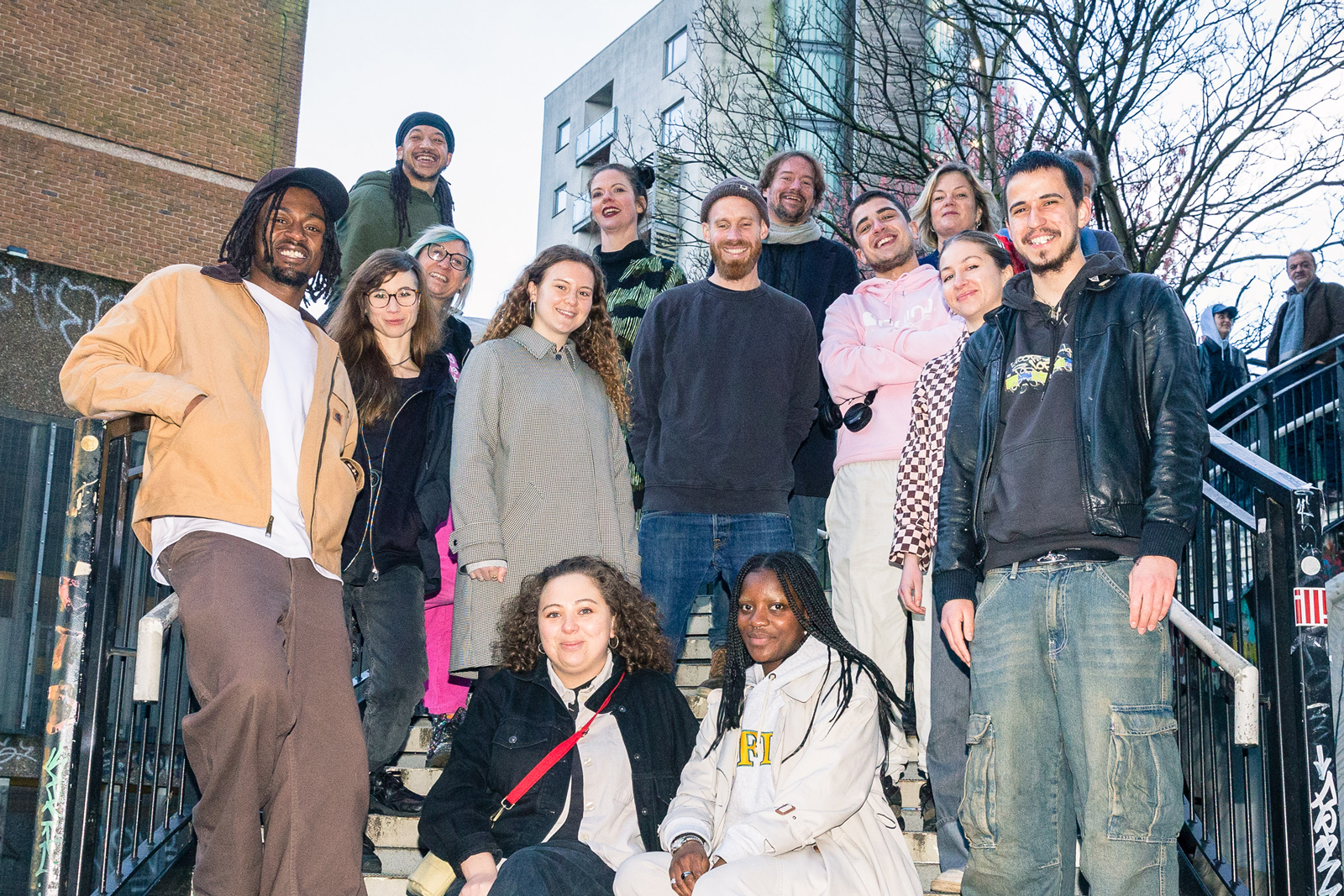
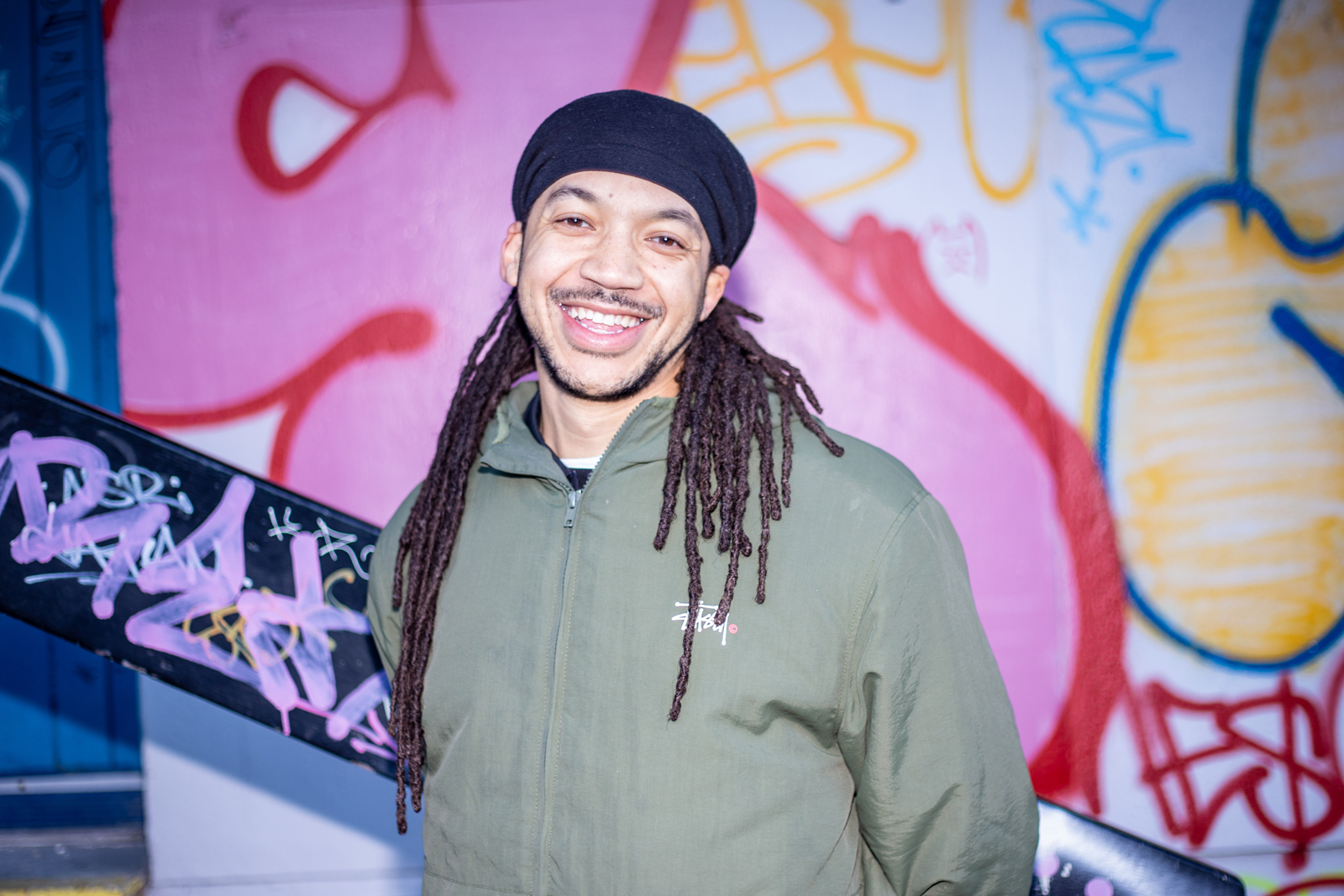
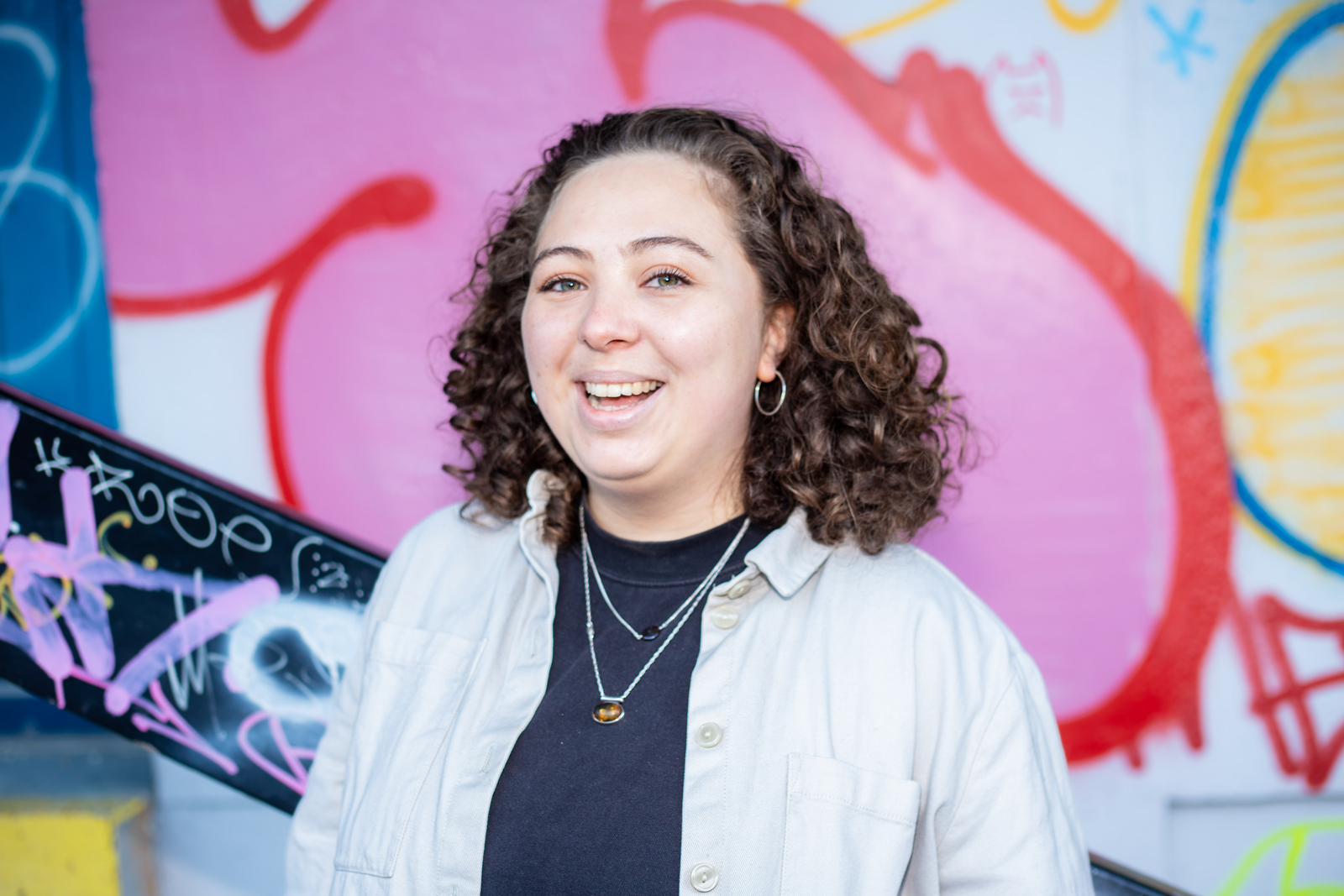
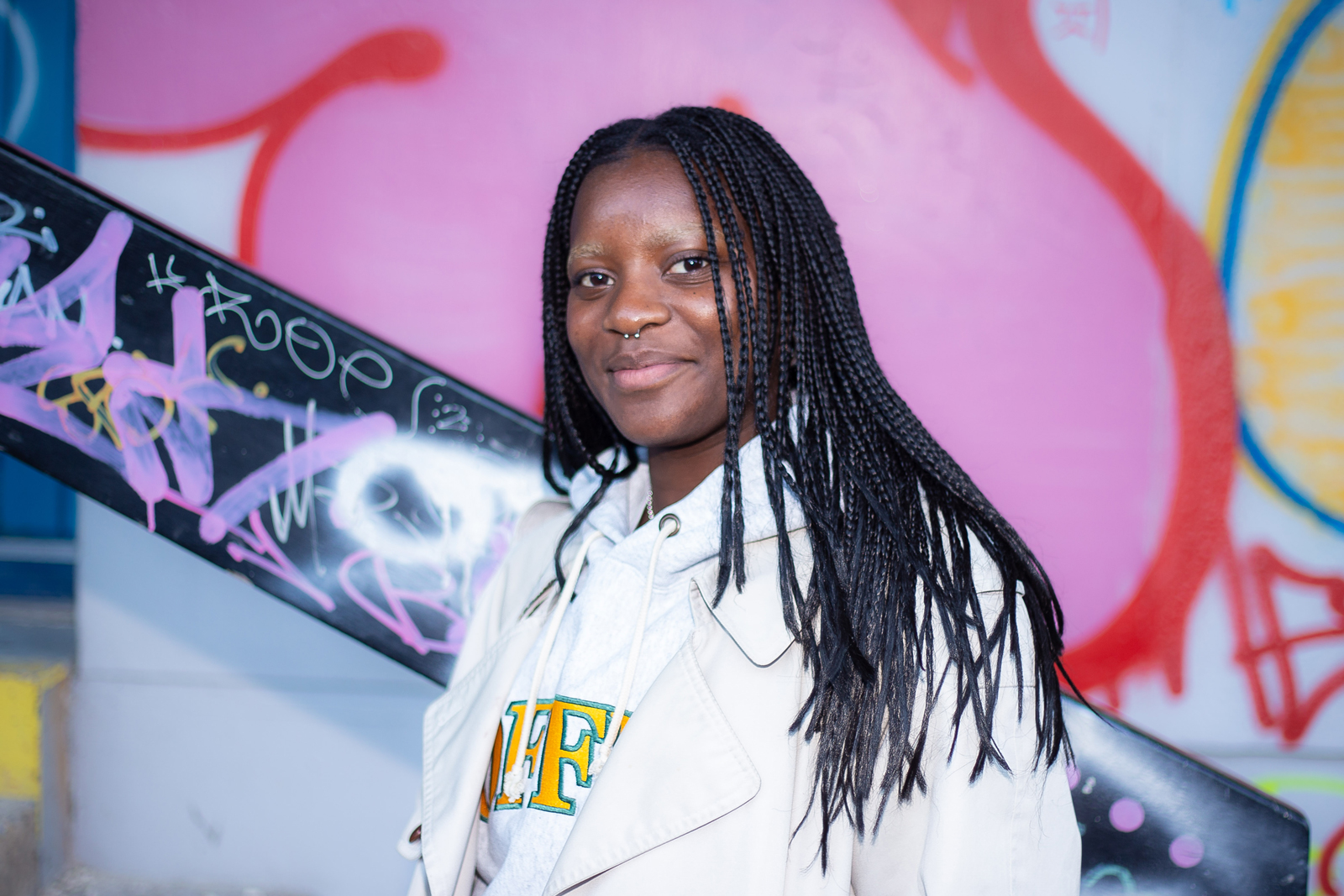
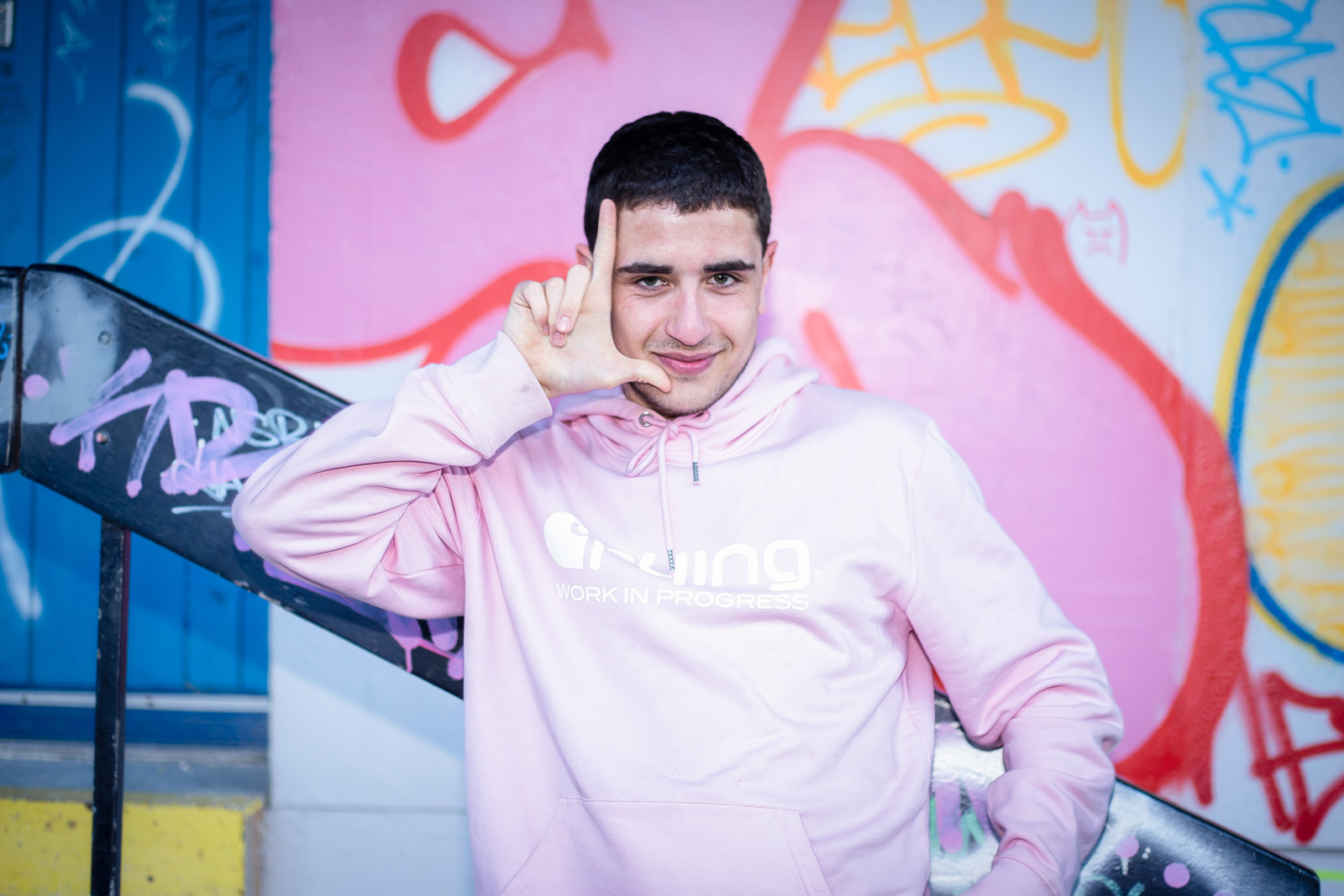
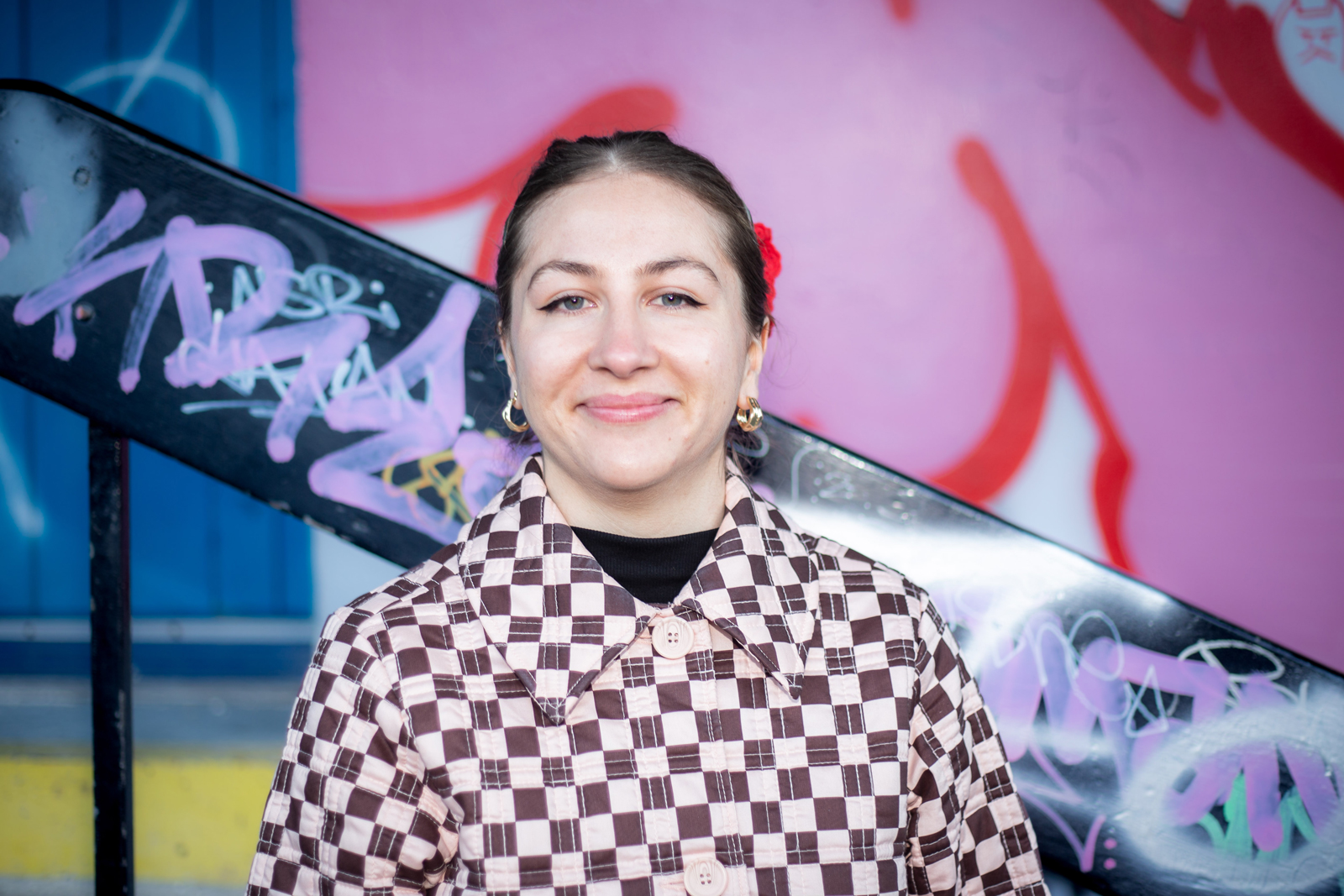
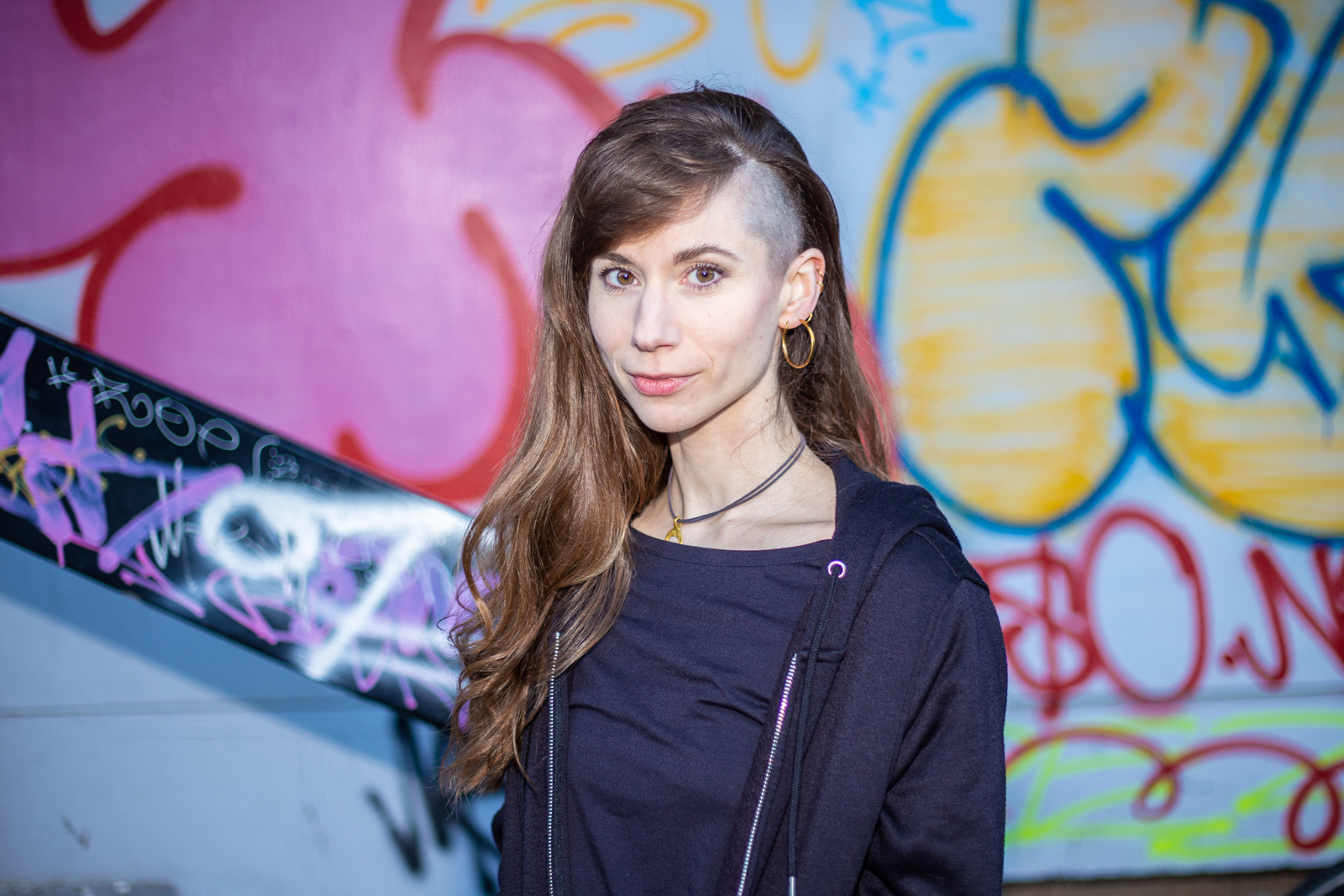
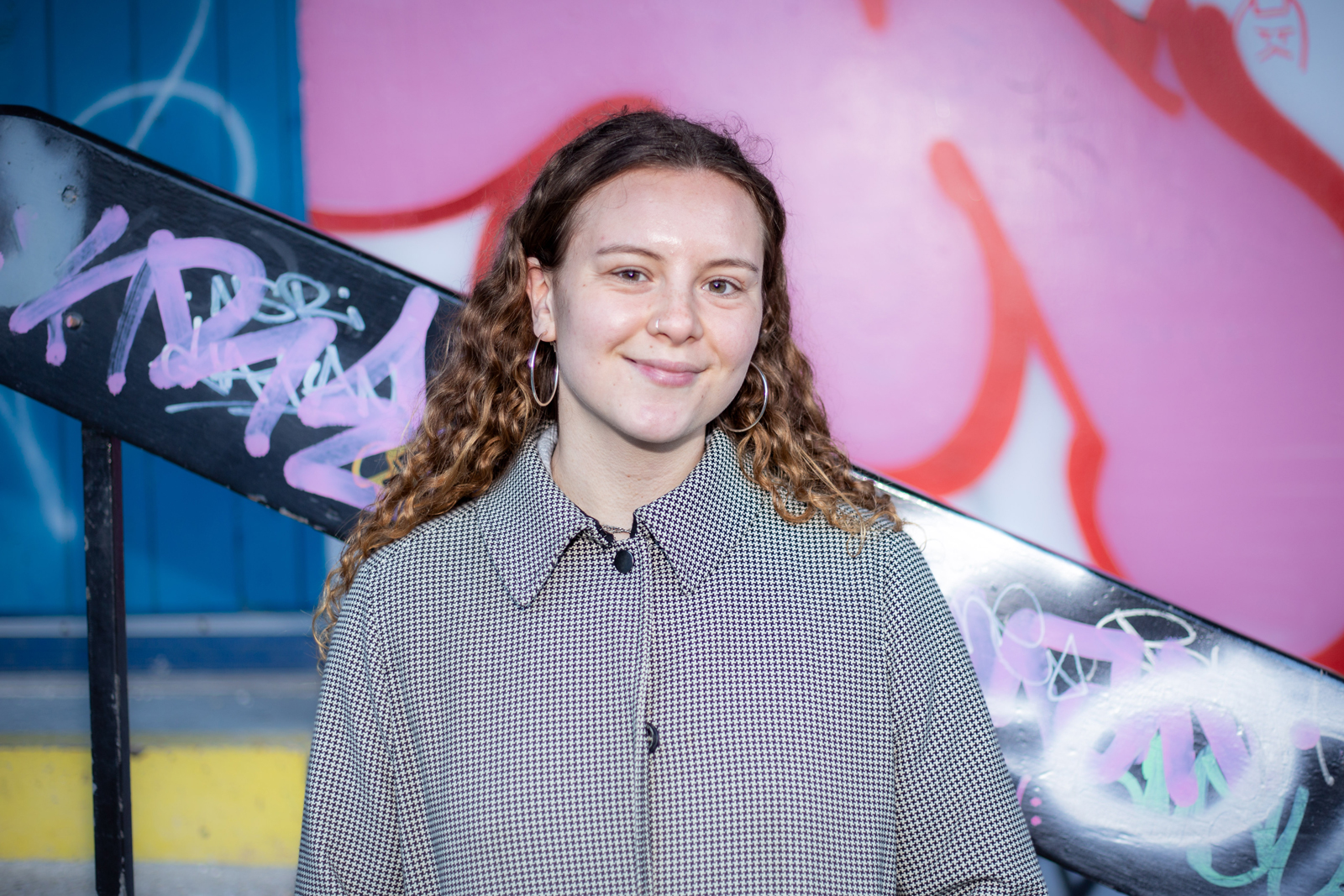
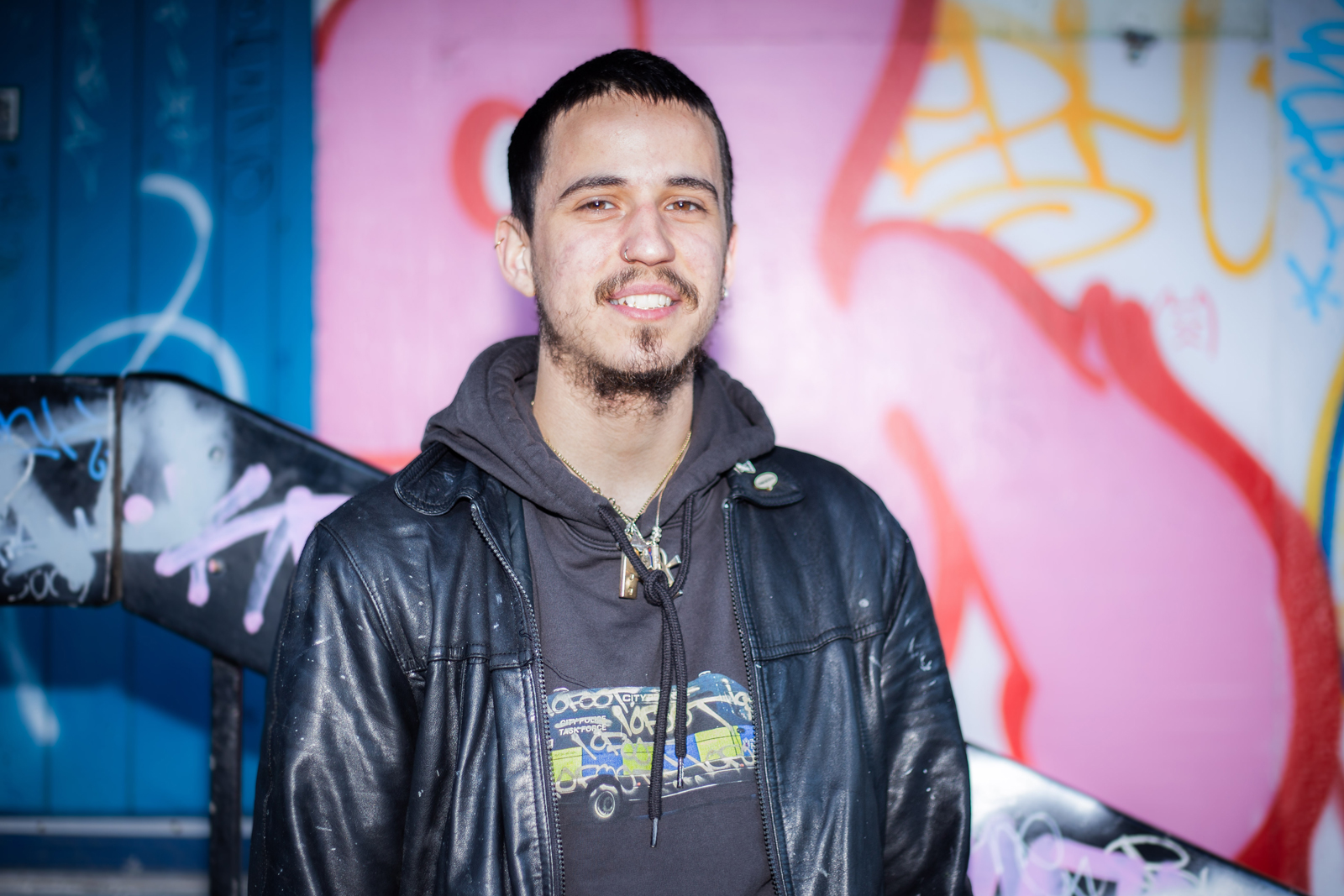
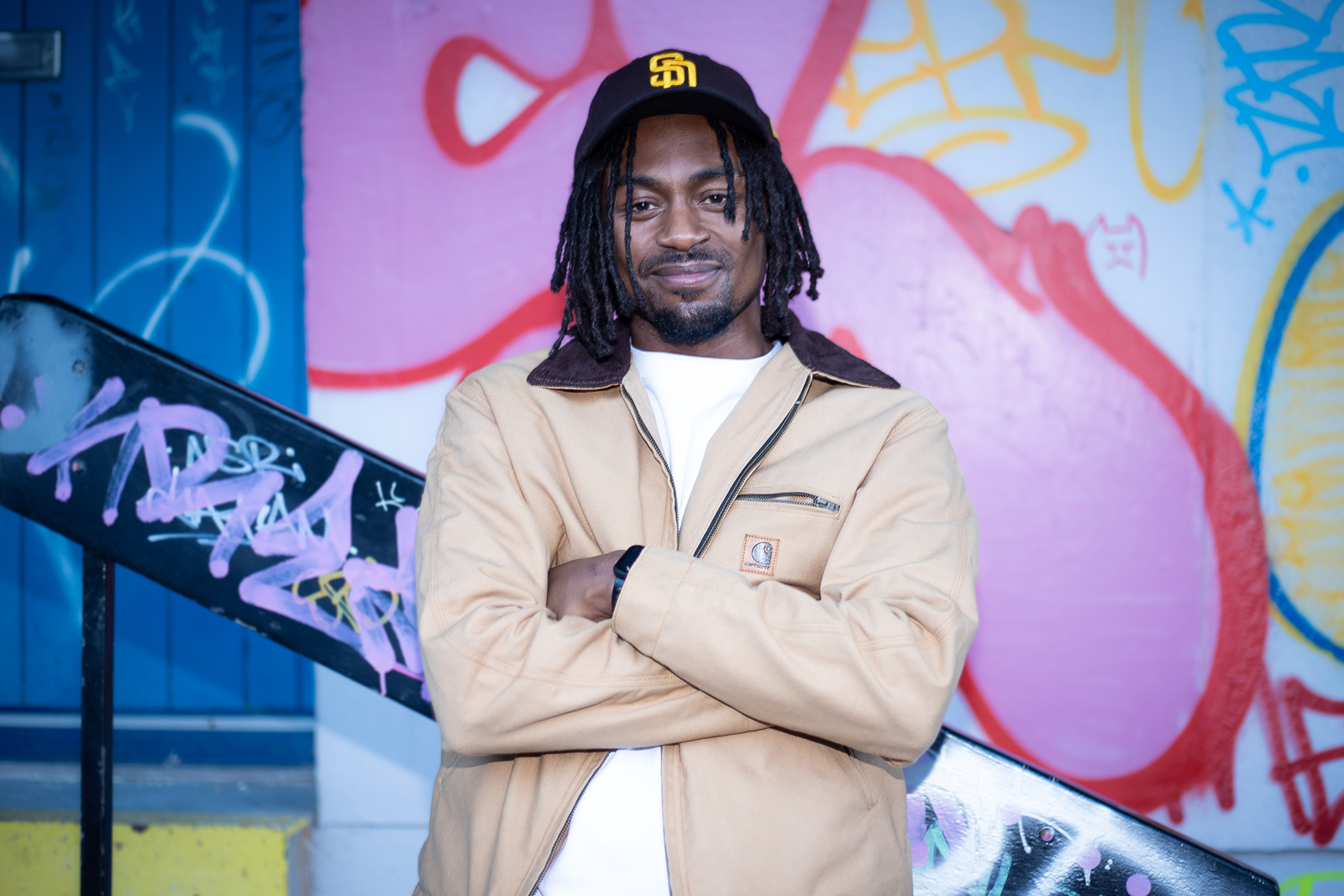
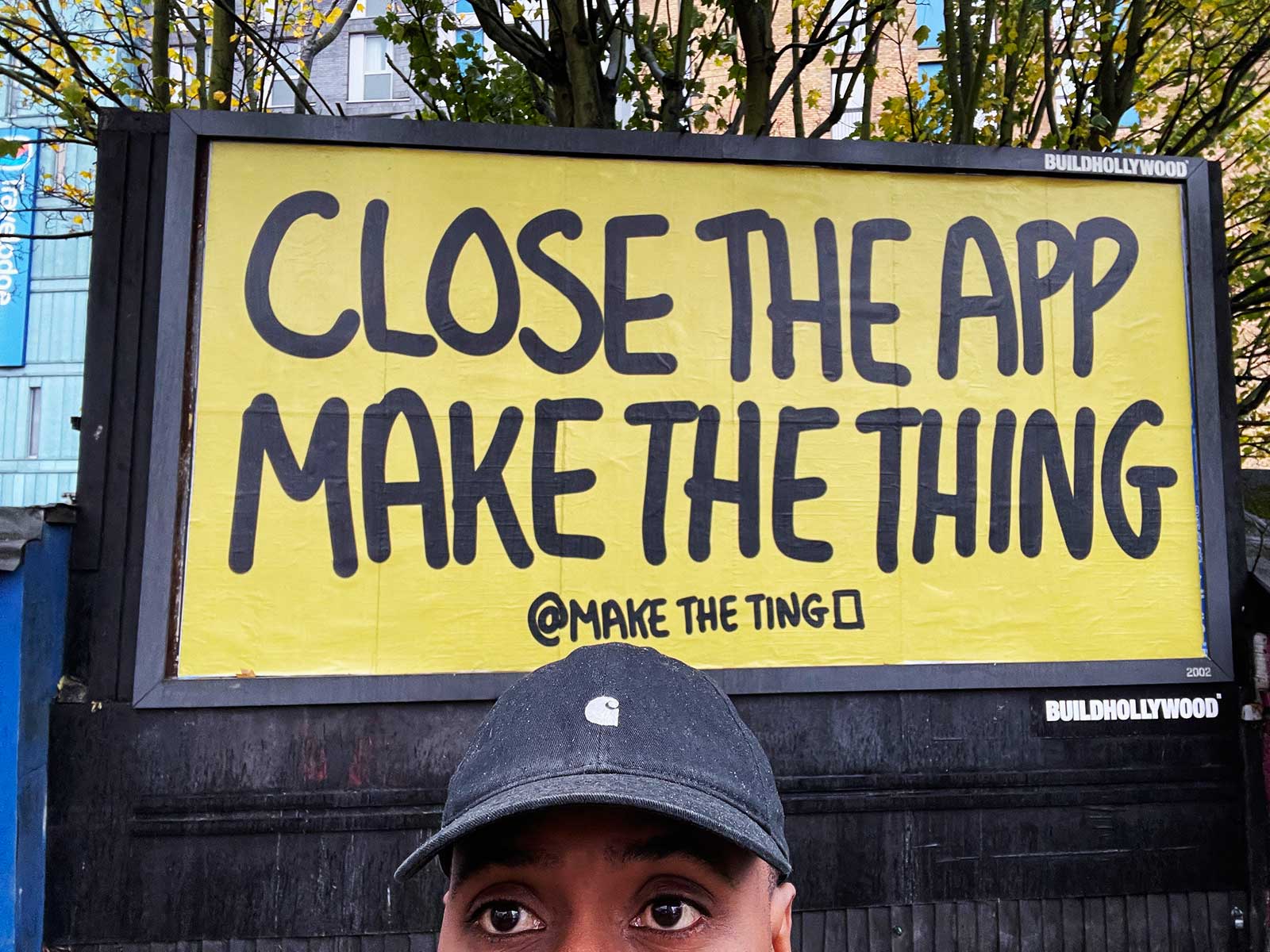
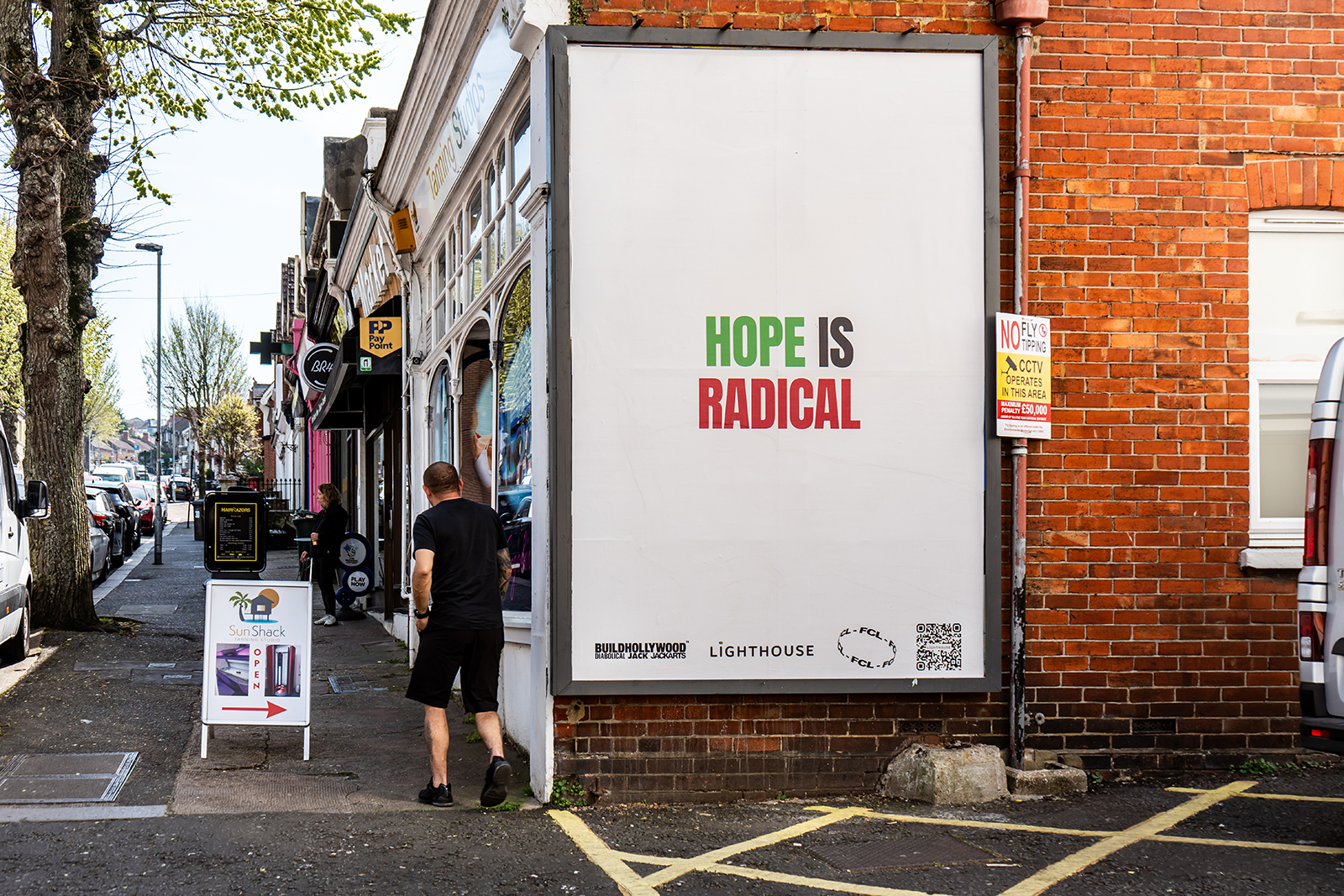
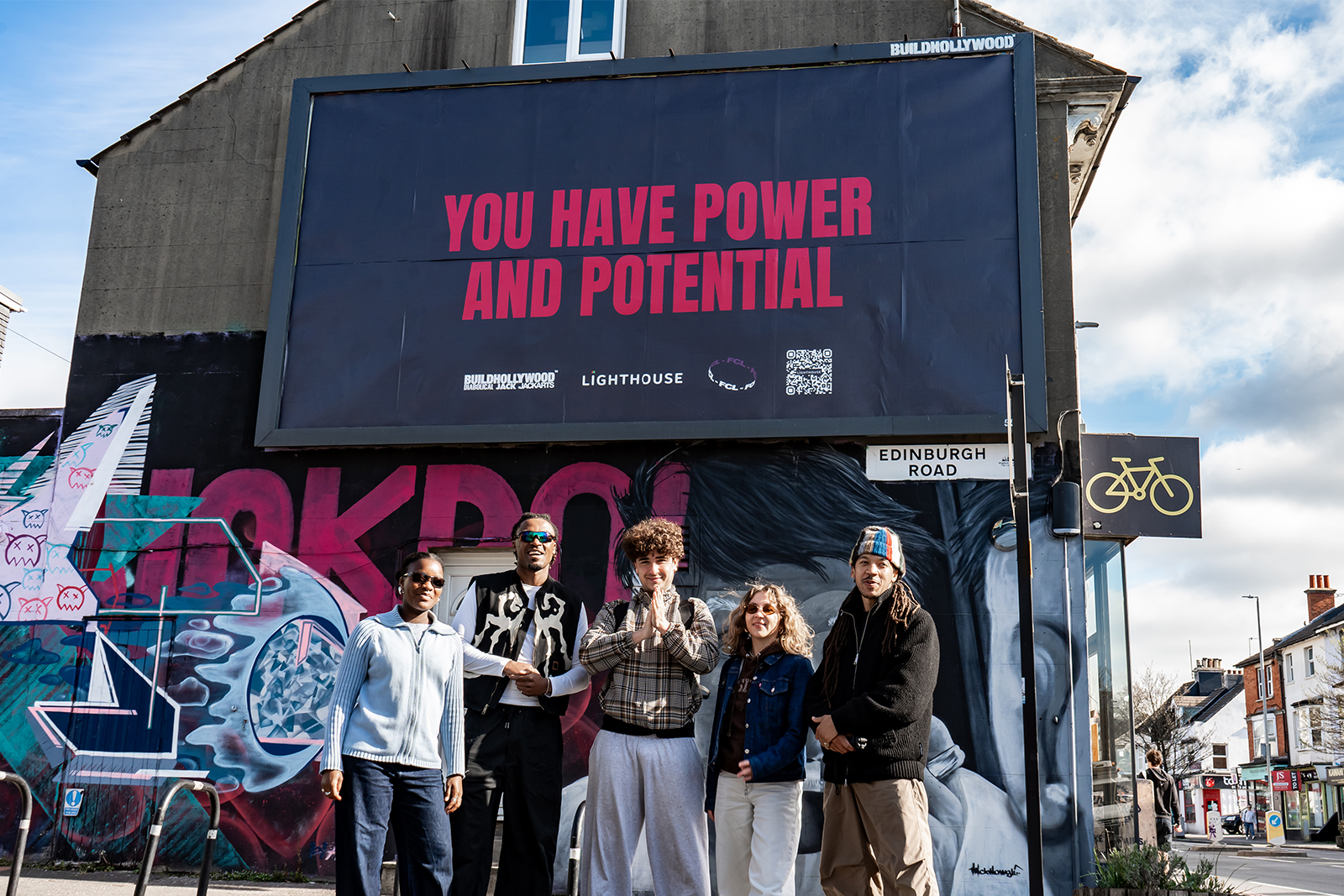
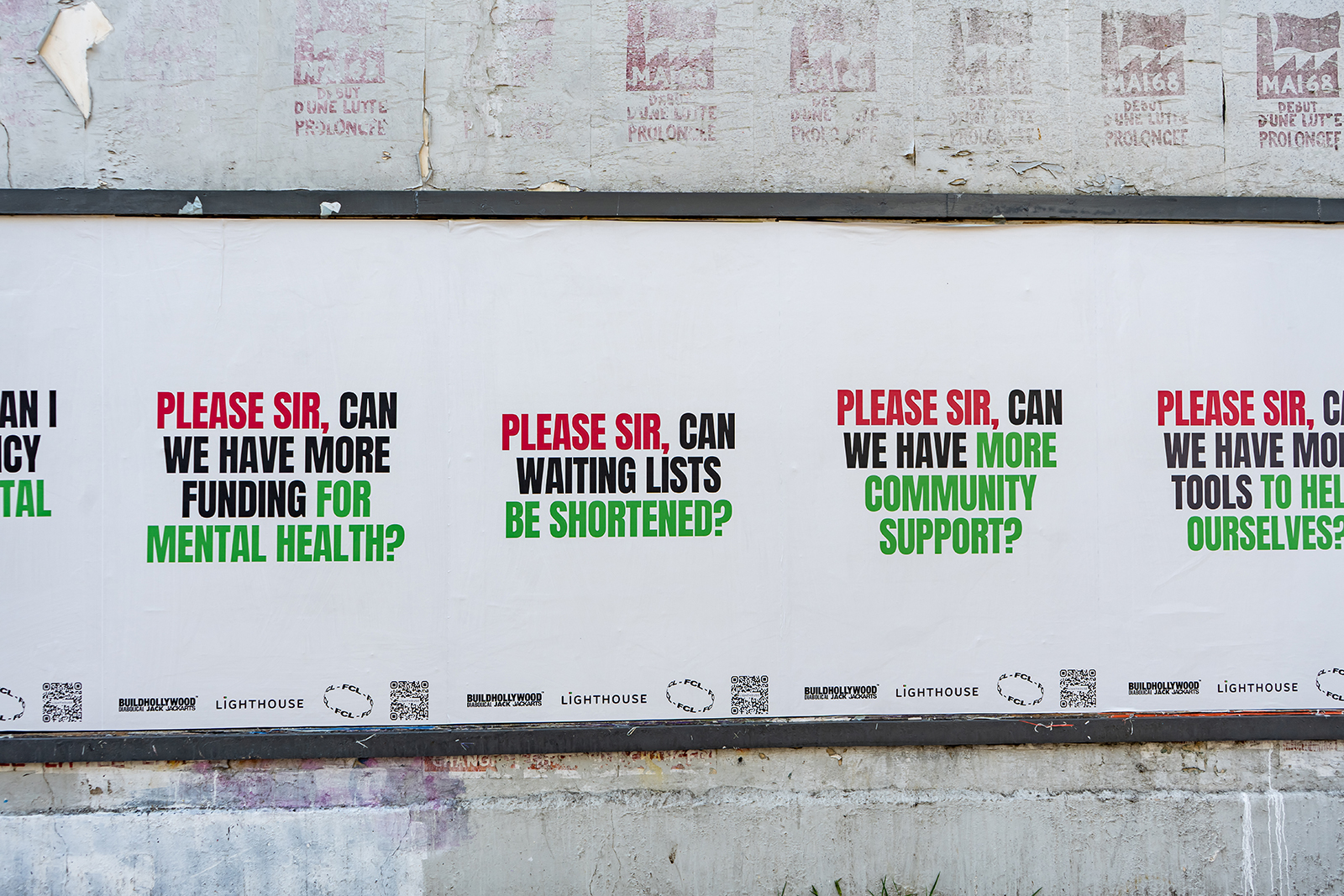
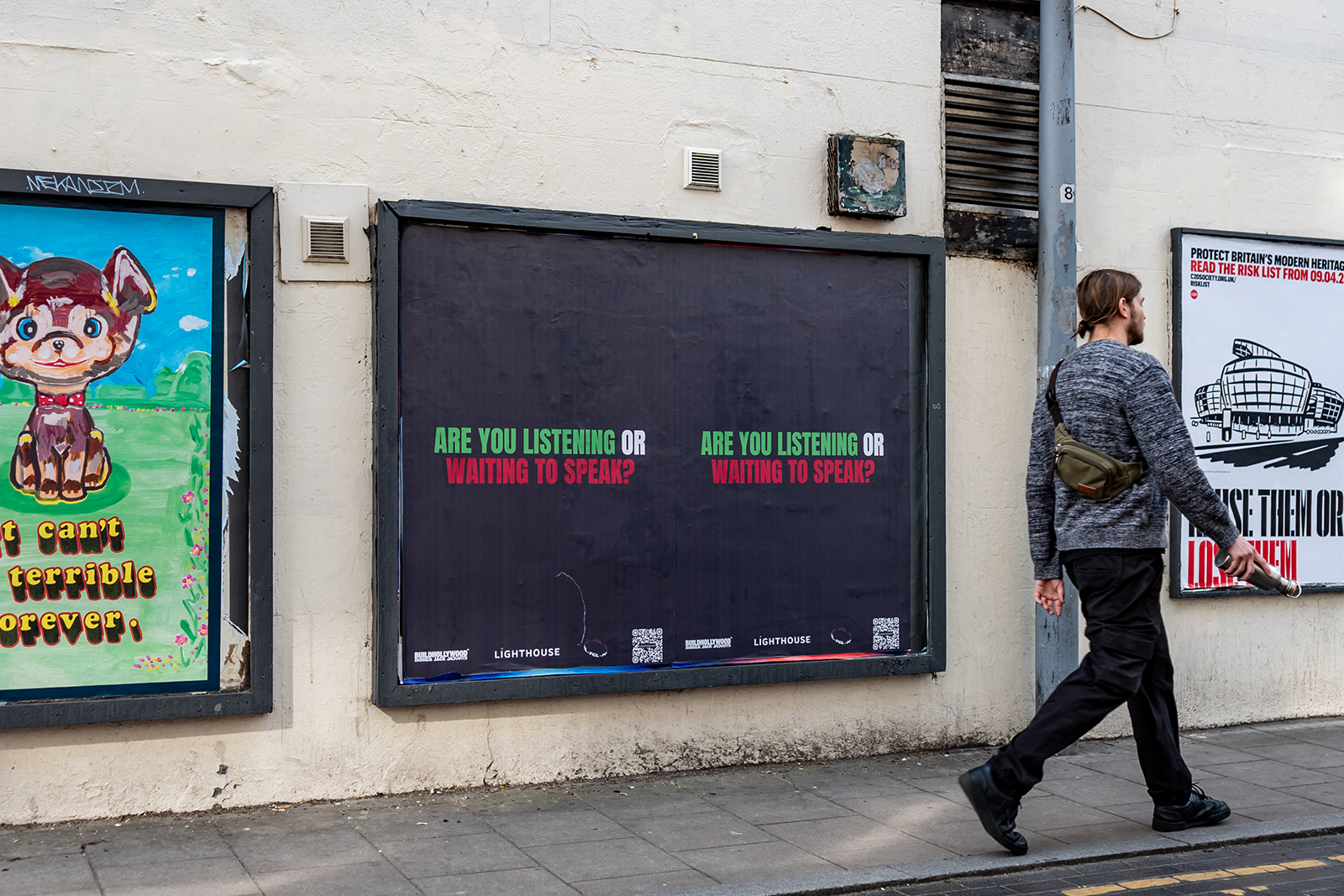
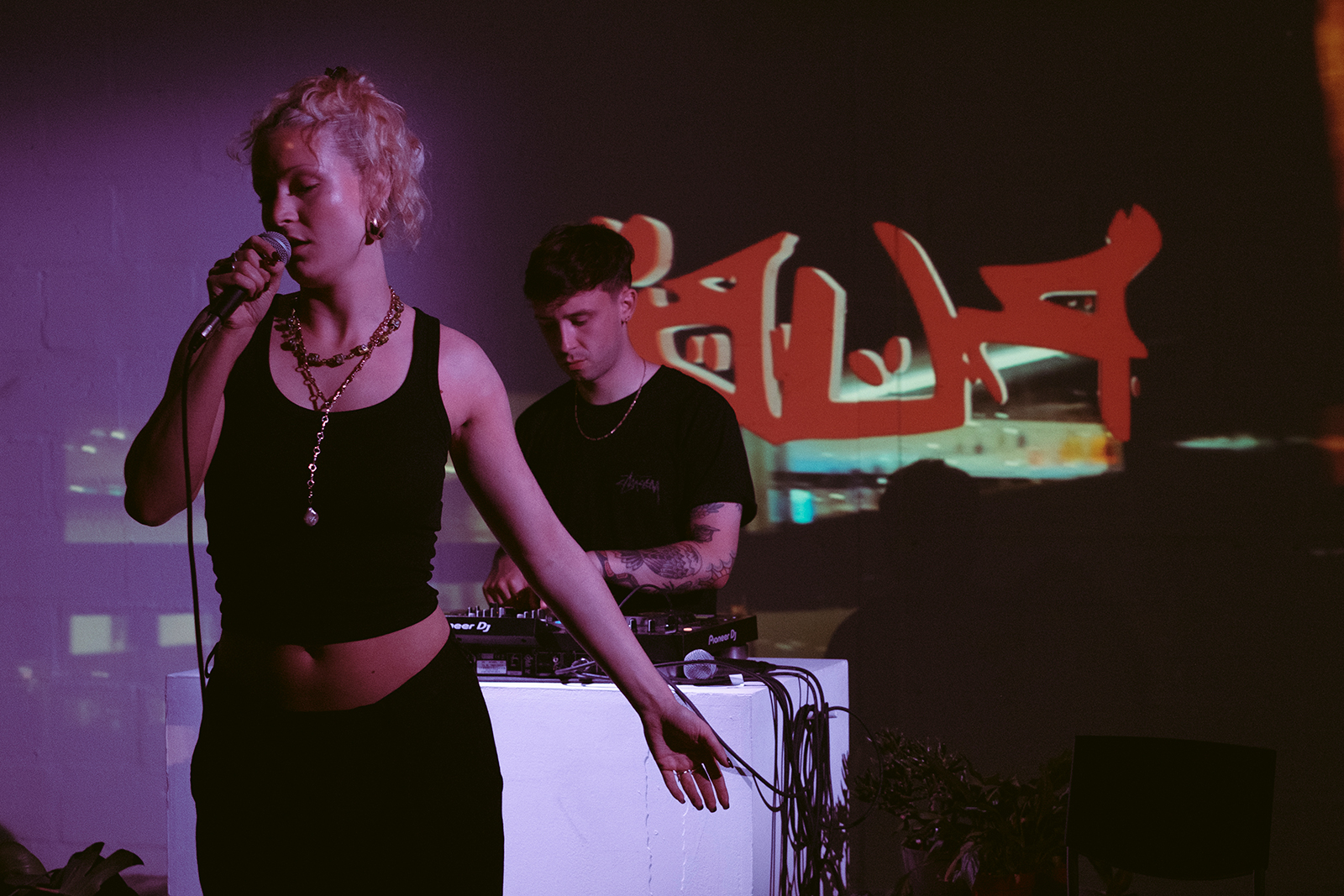
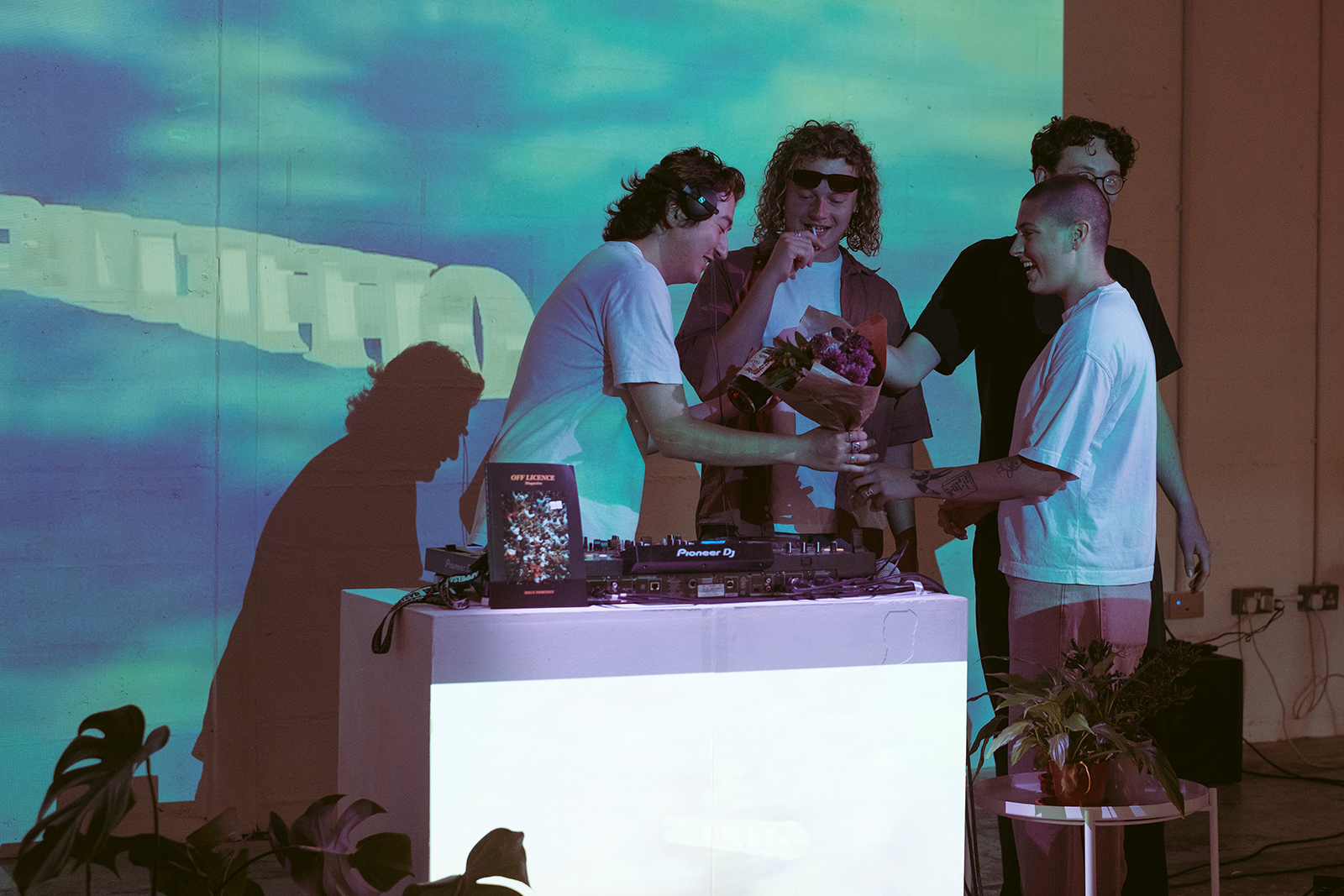
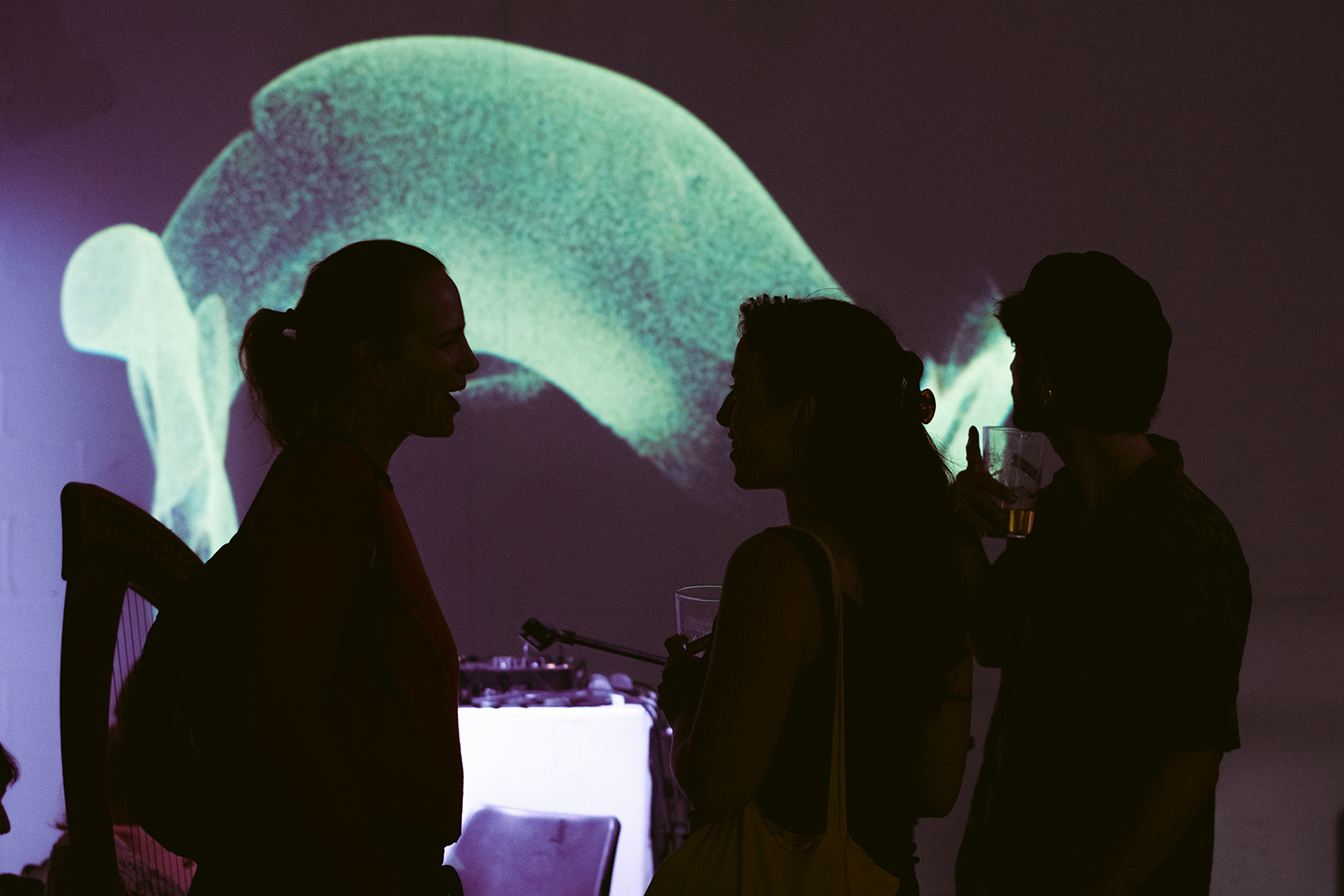
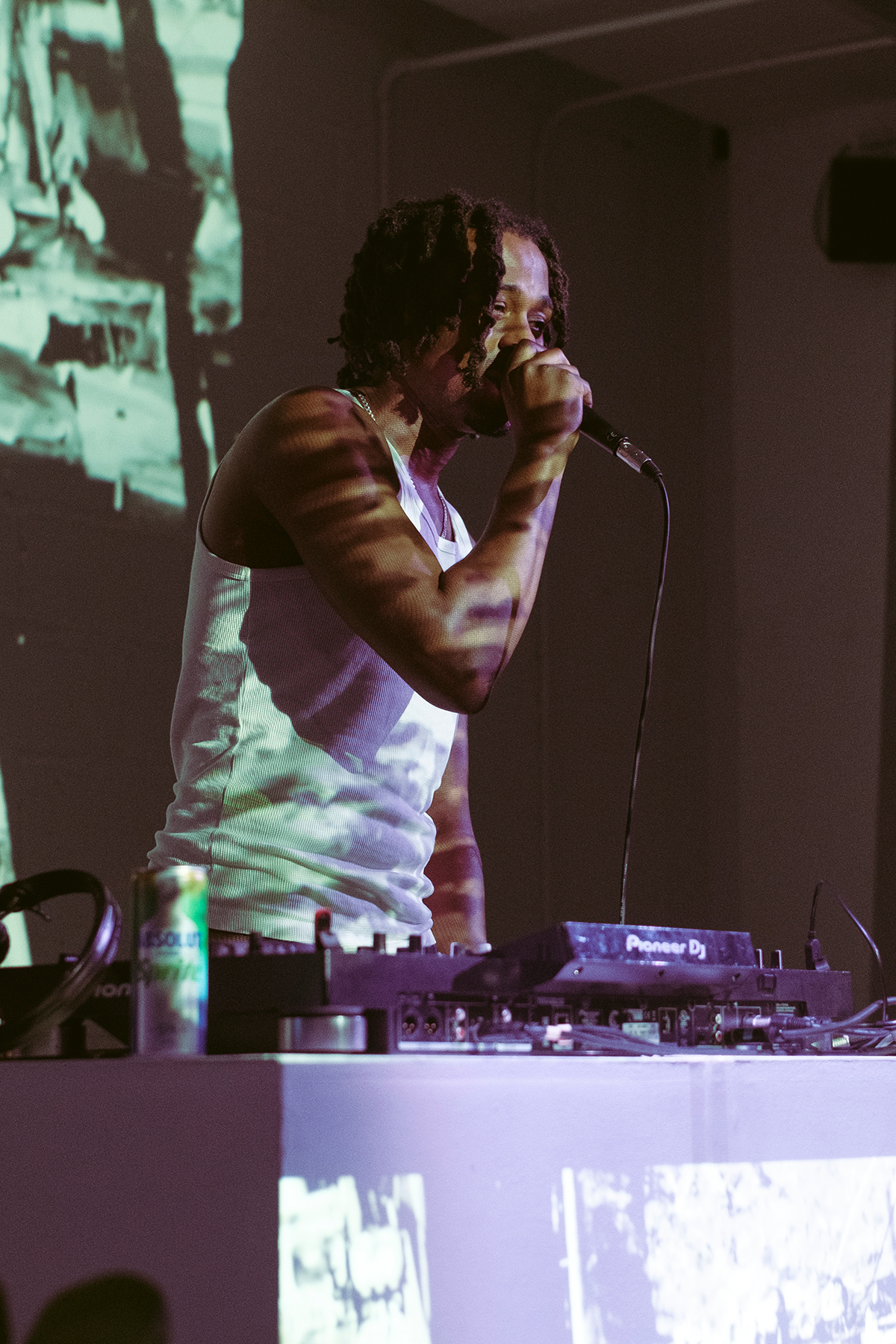
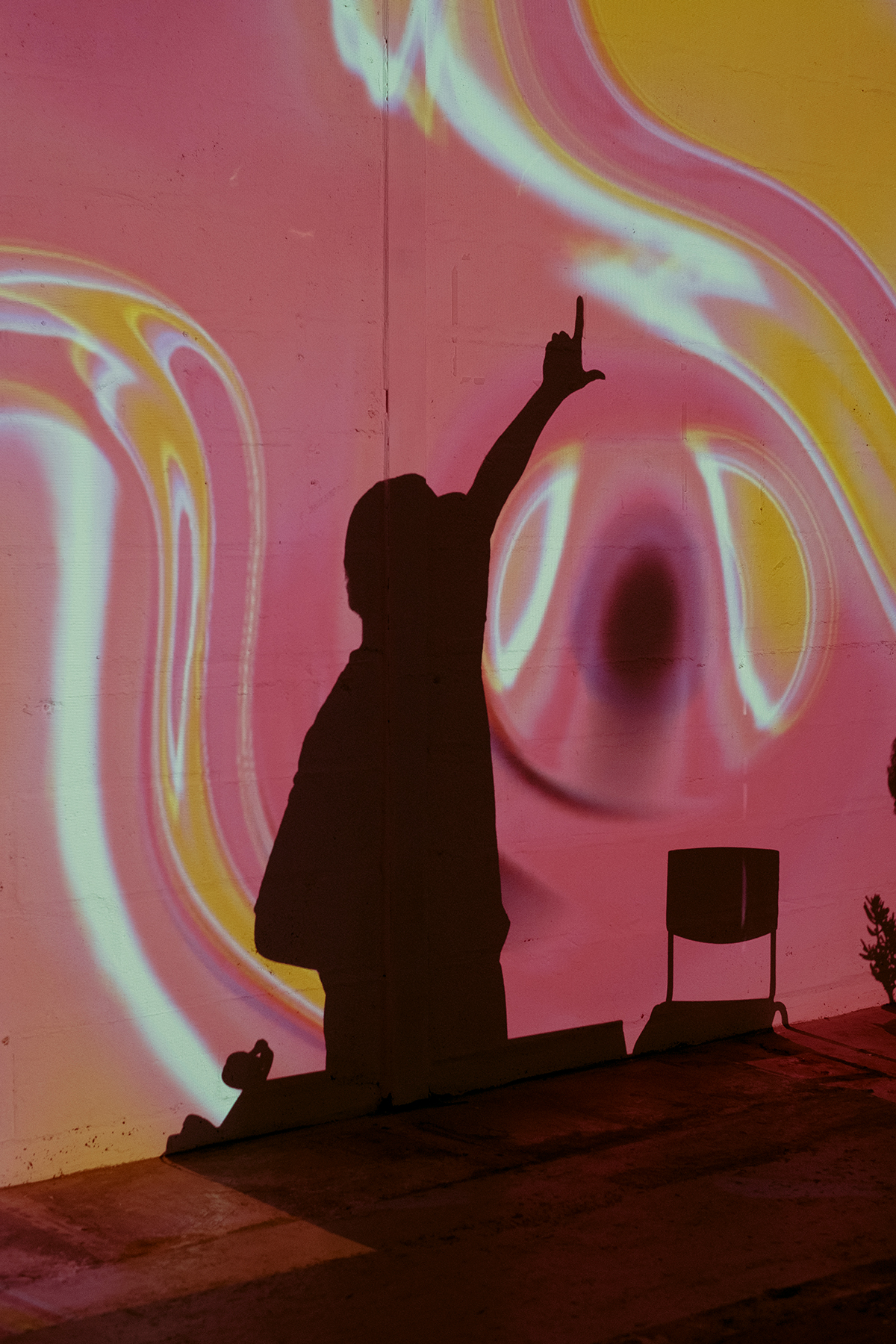
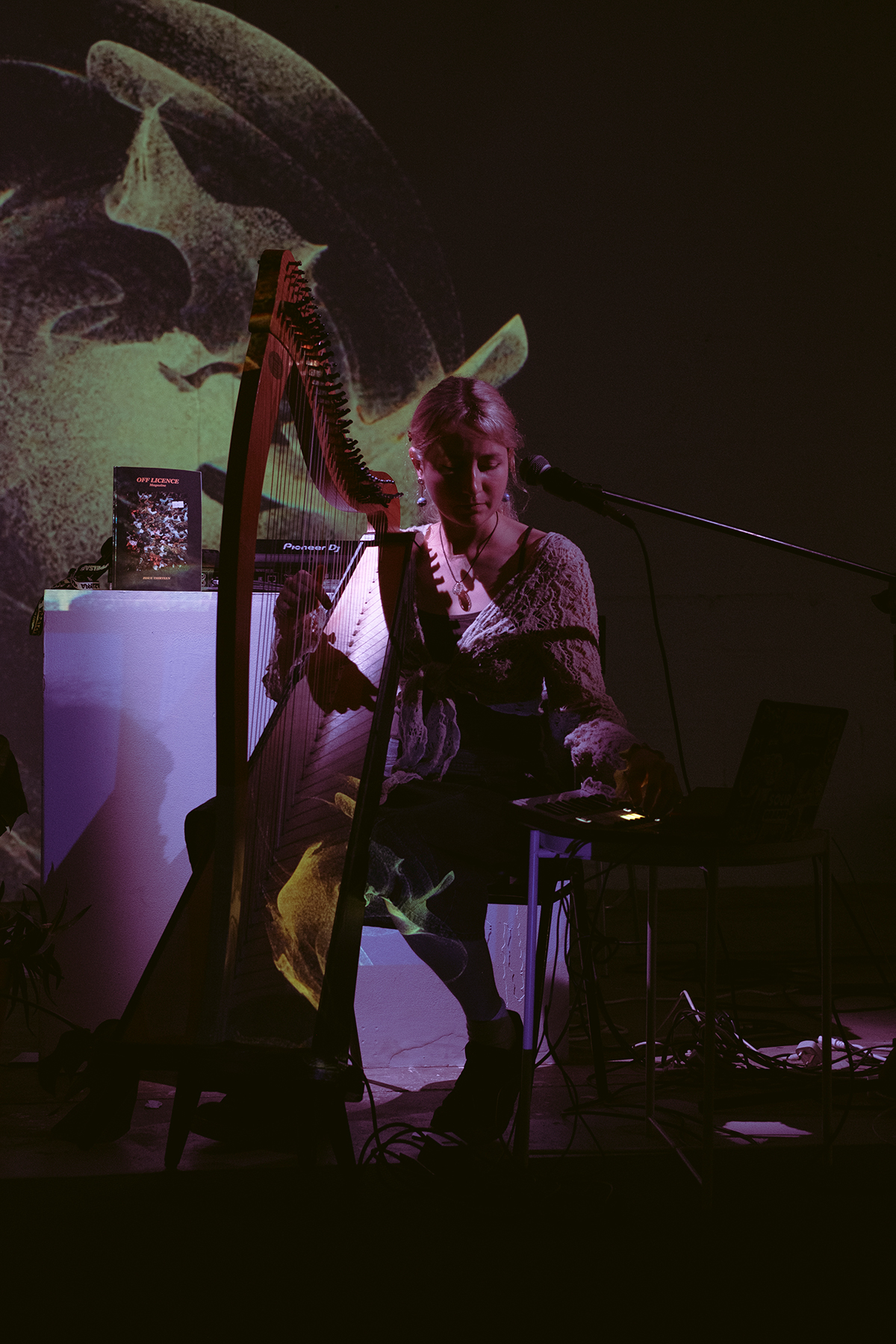
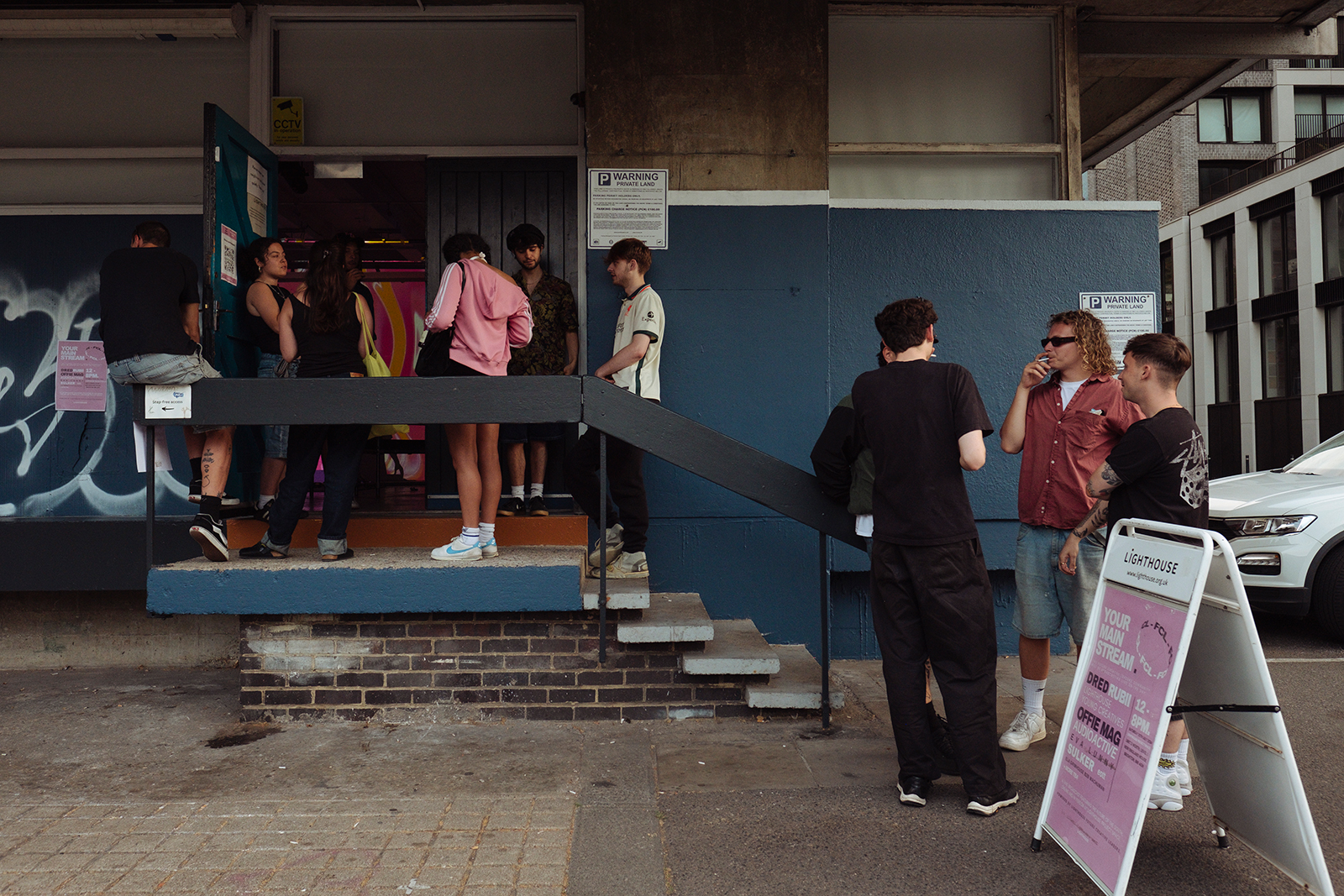 Photo by Nuria Castro
Photo by Nuria Castro
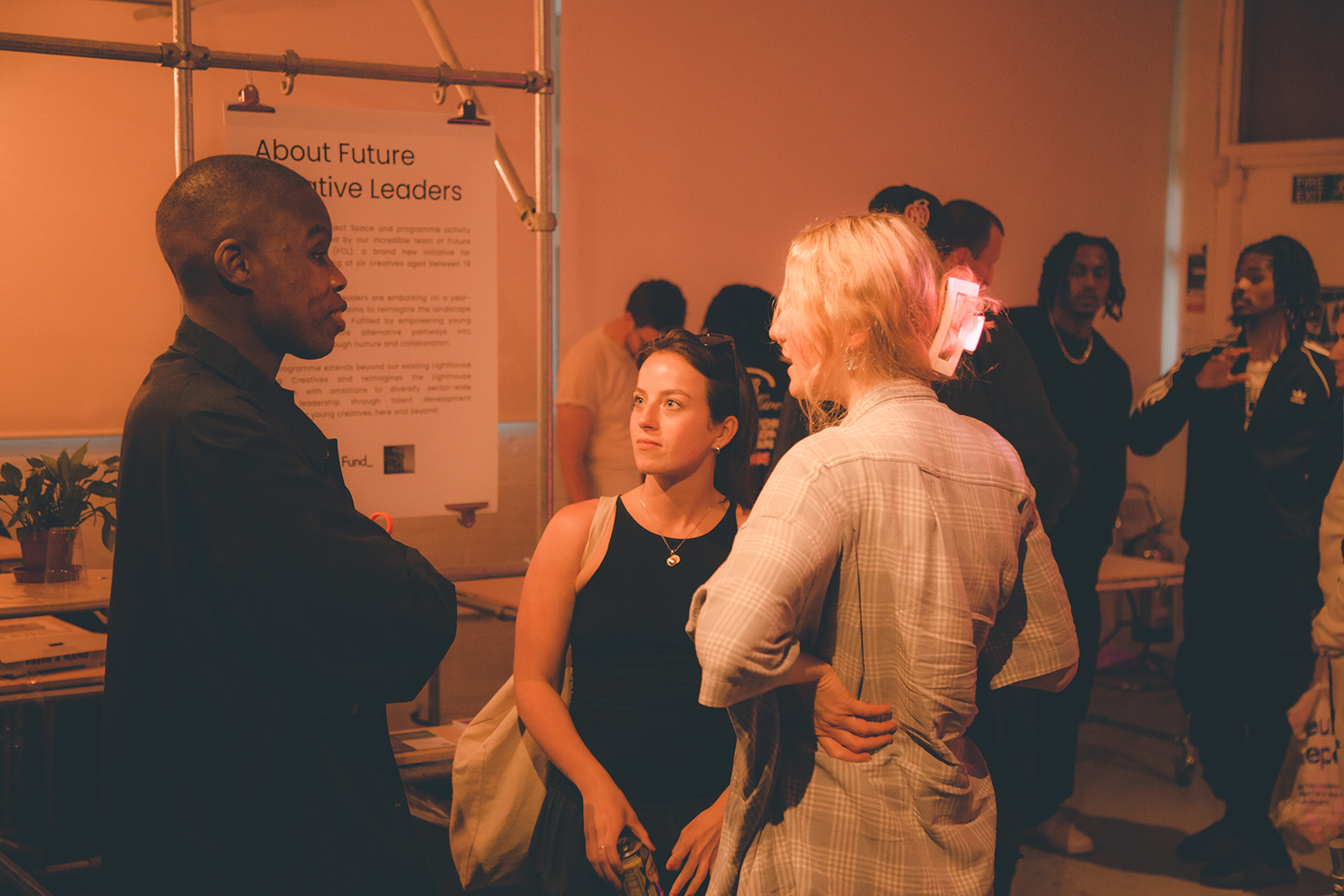
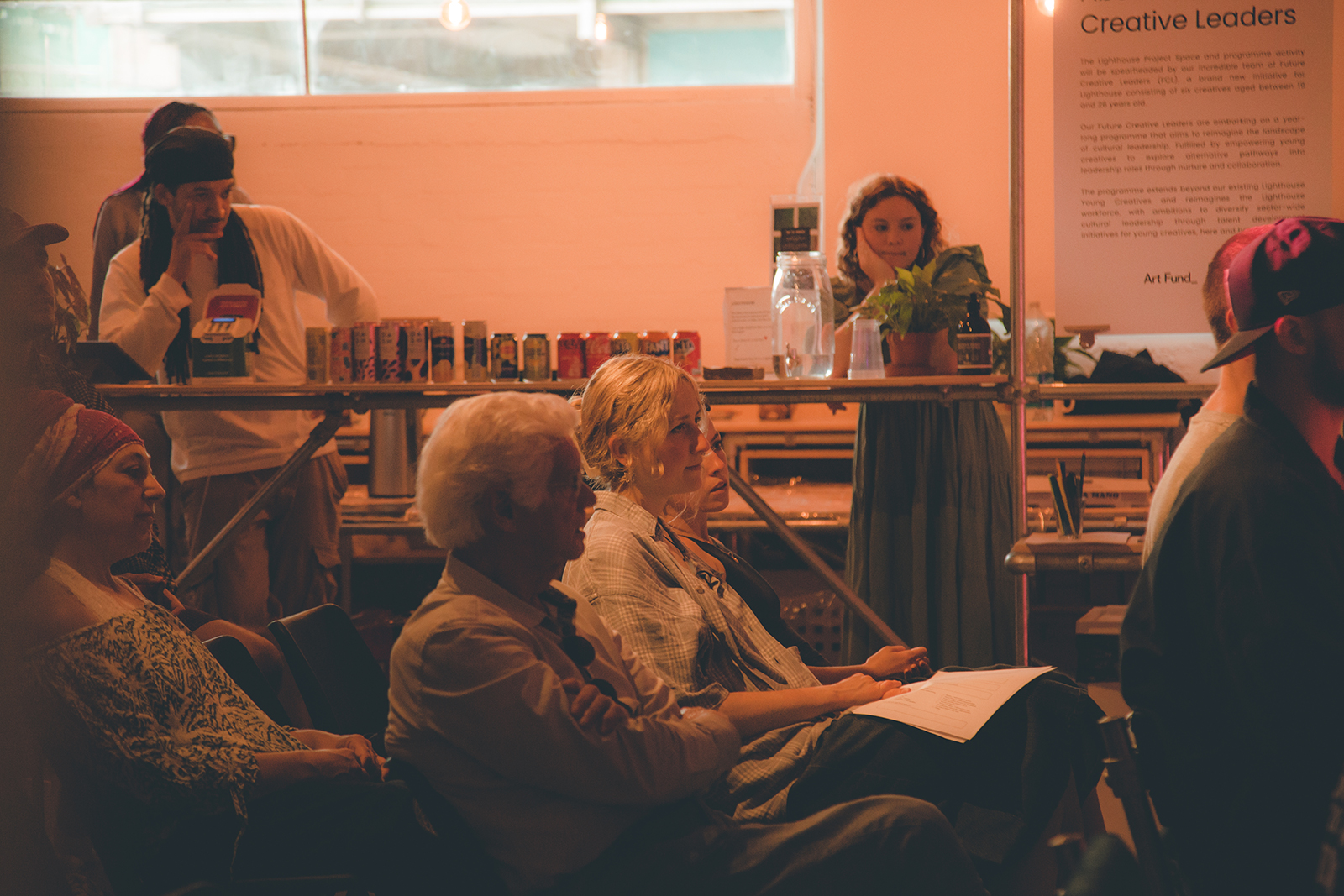
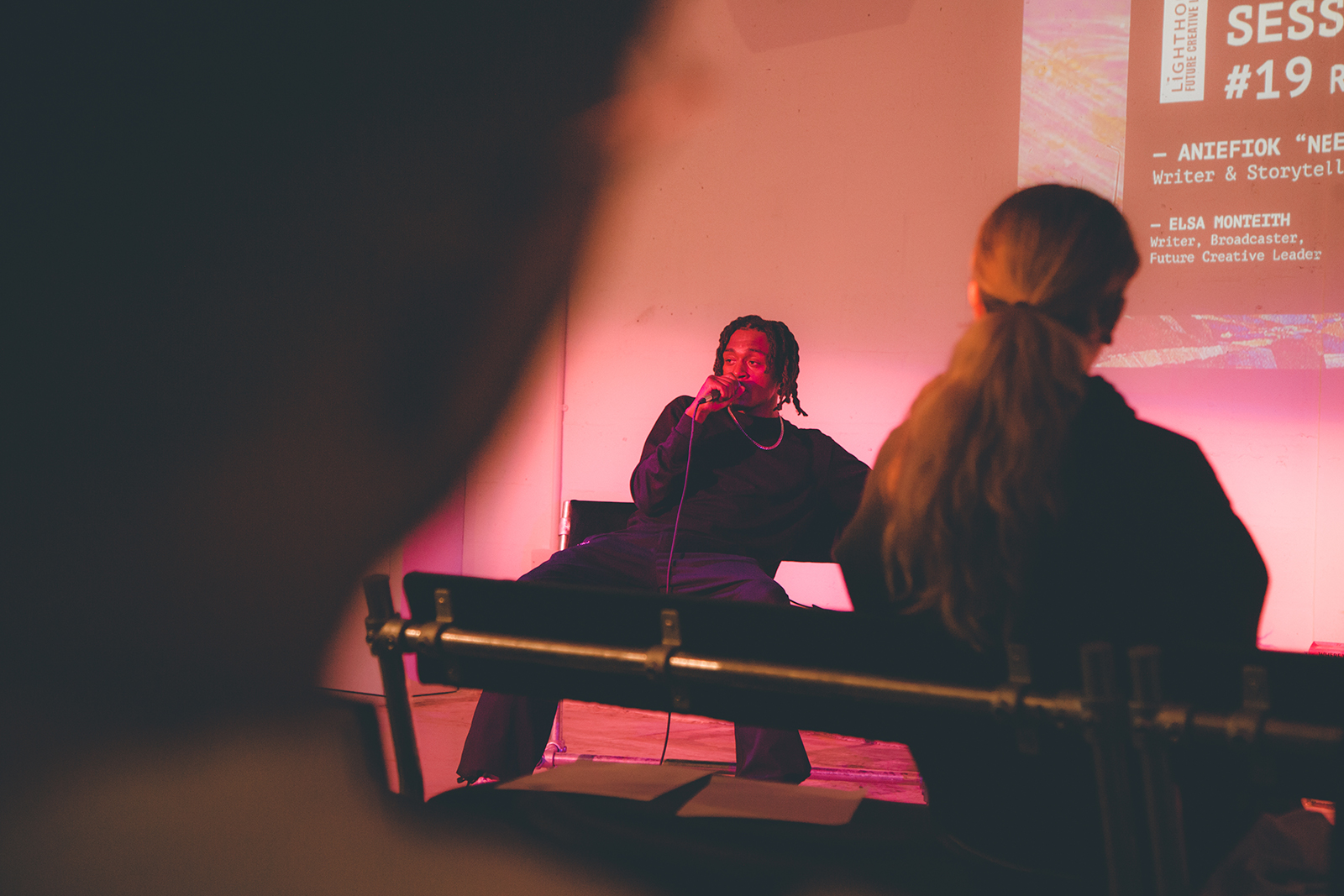
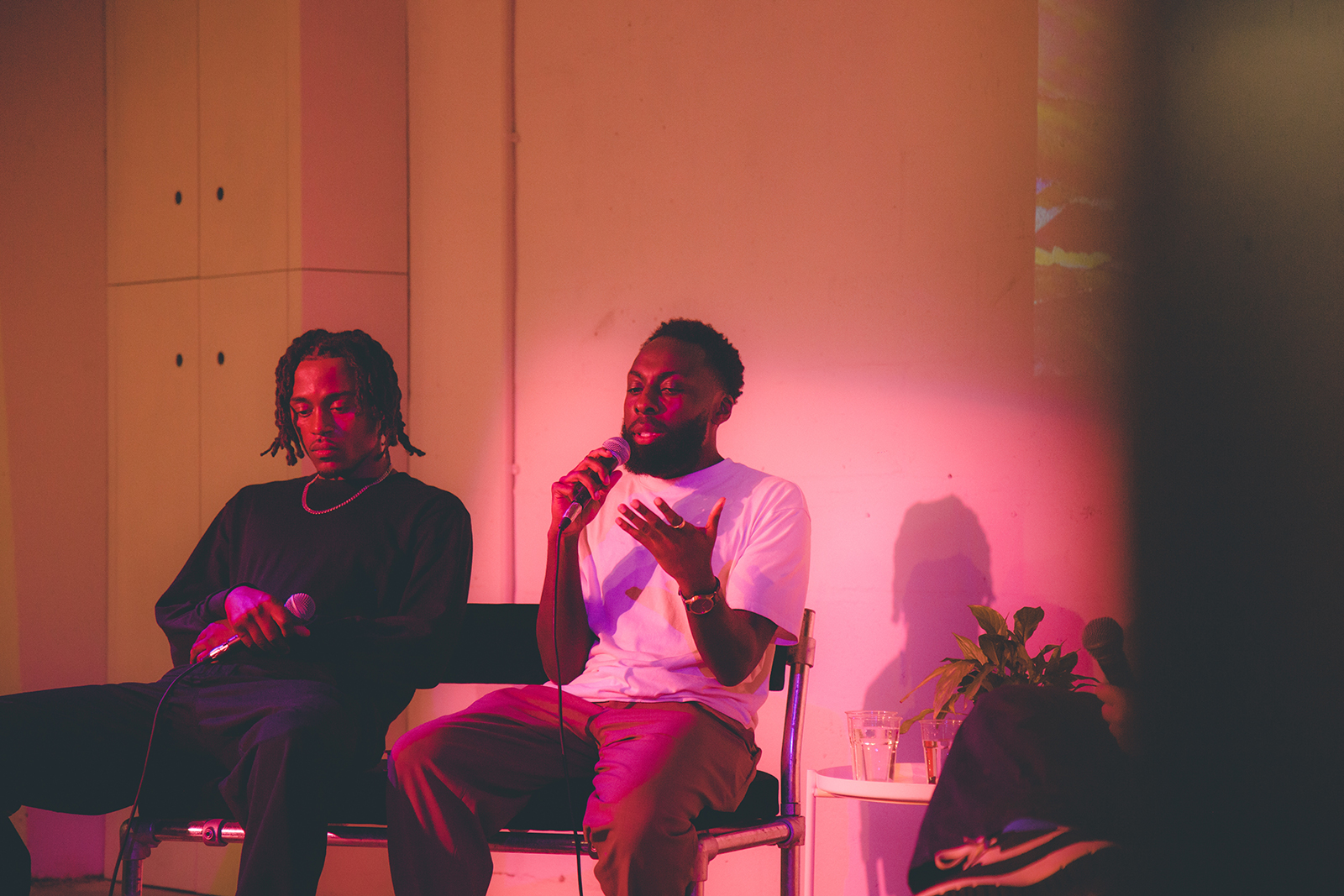
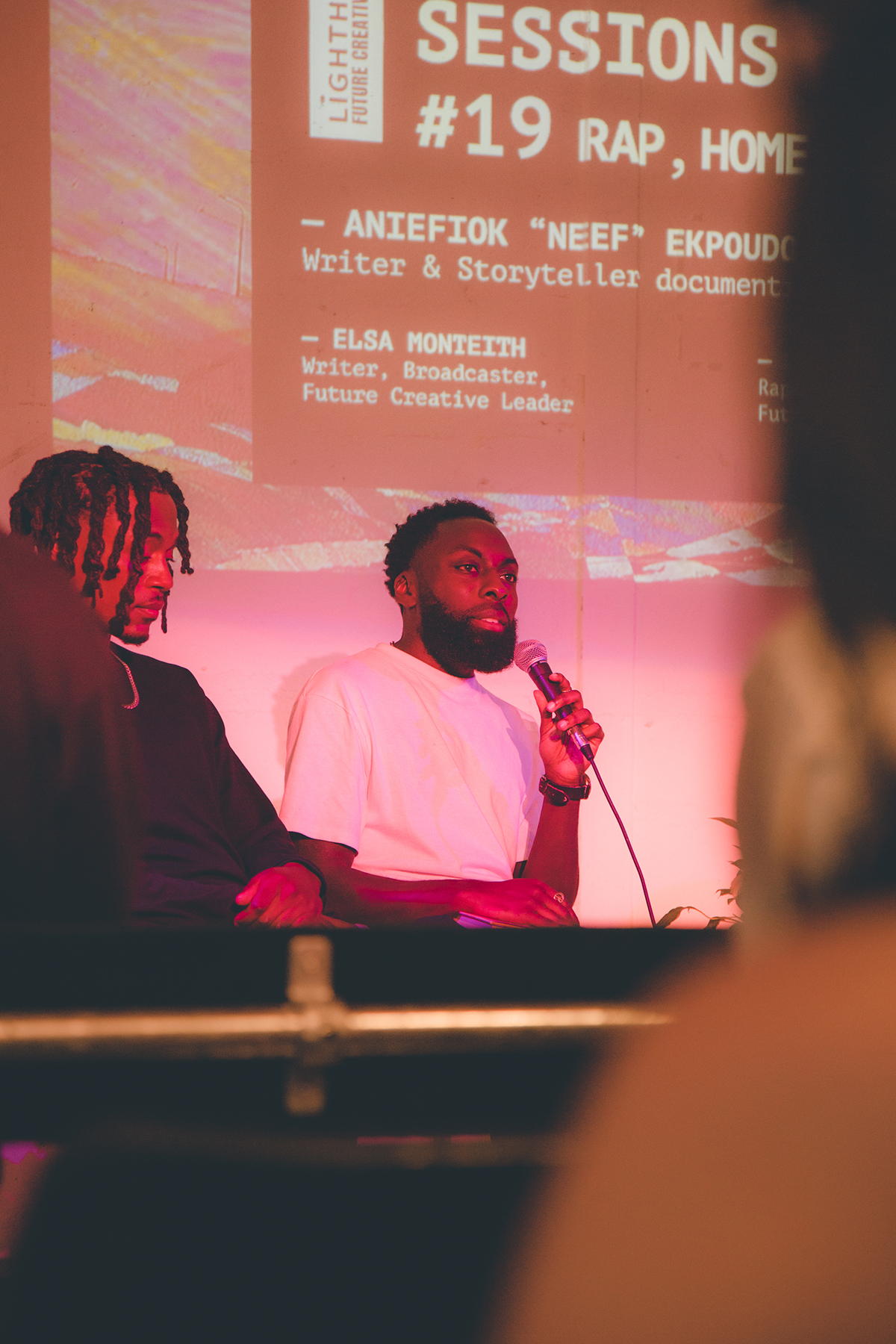
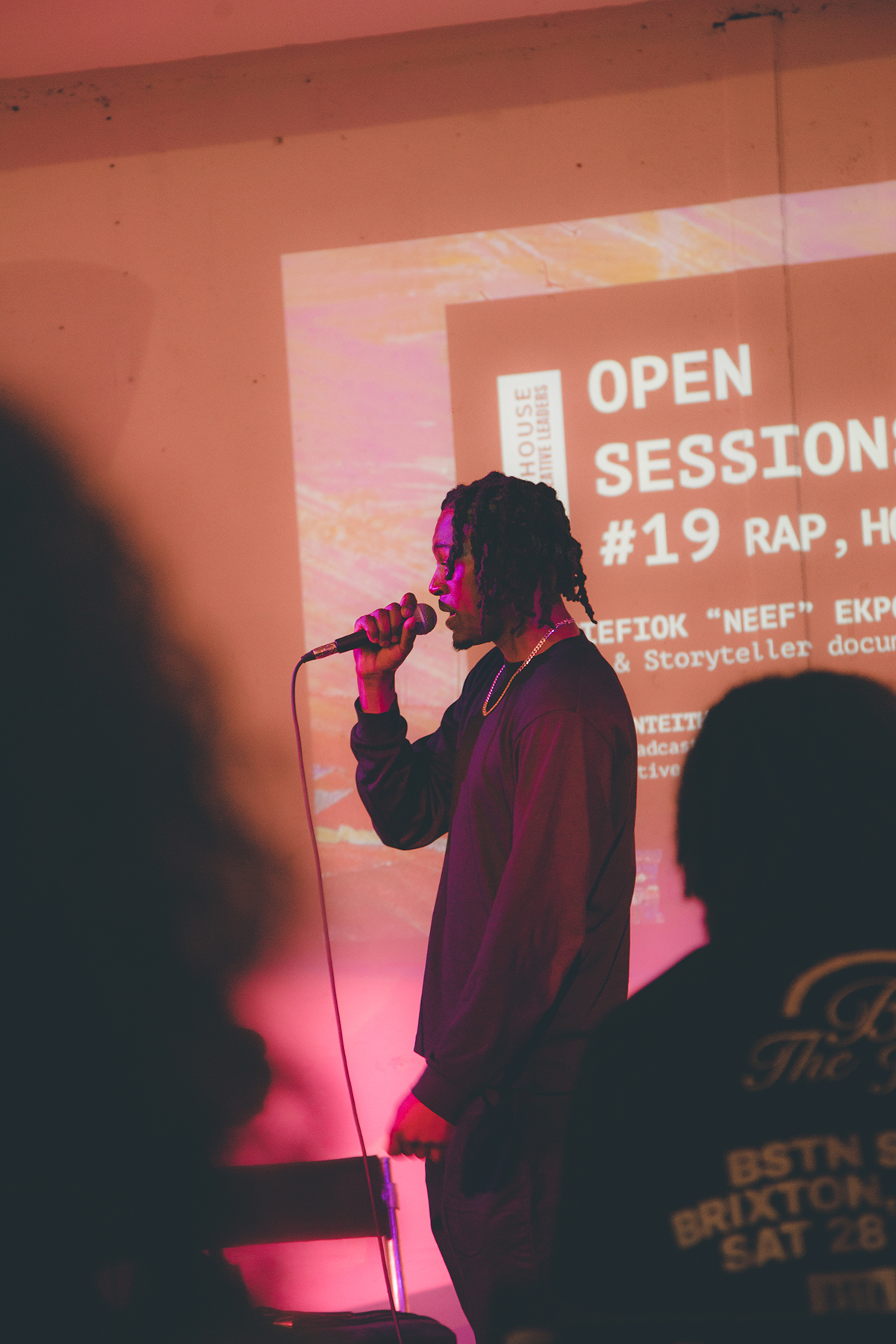
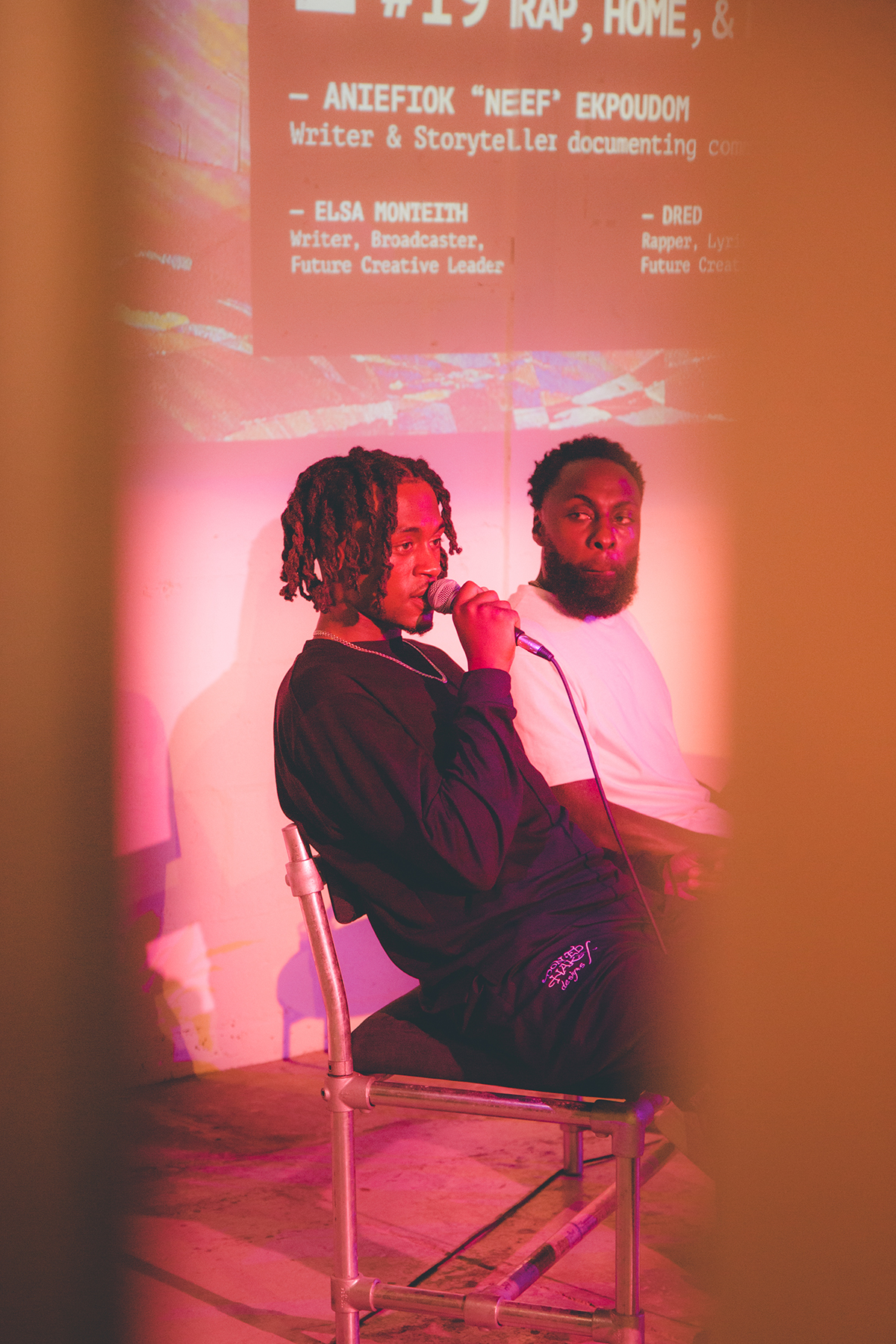
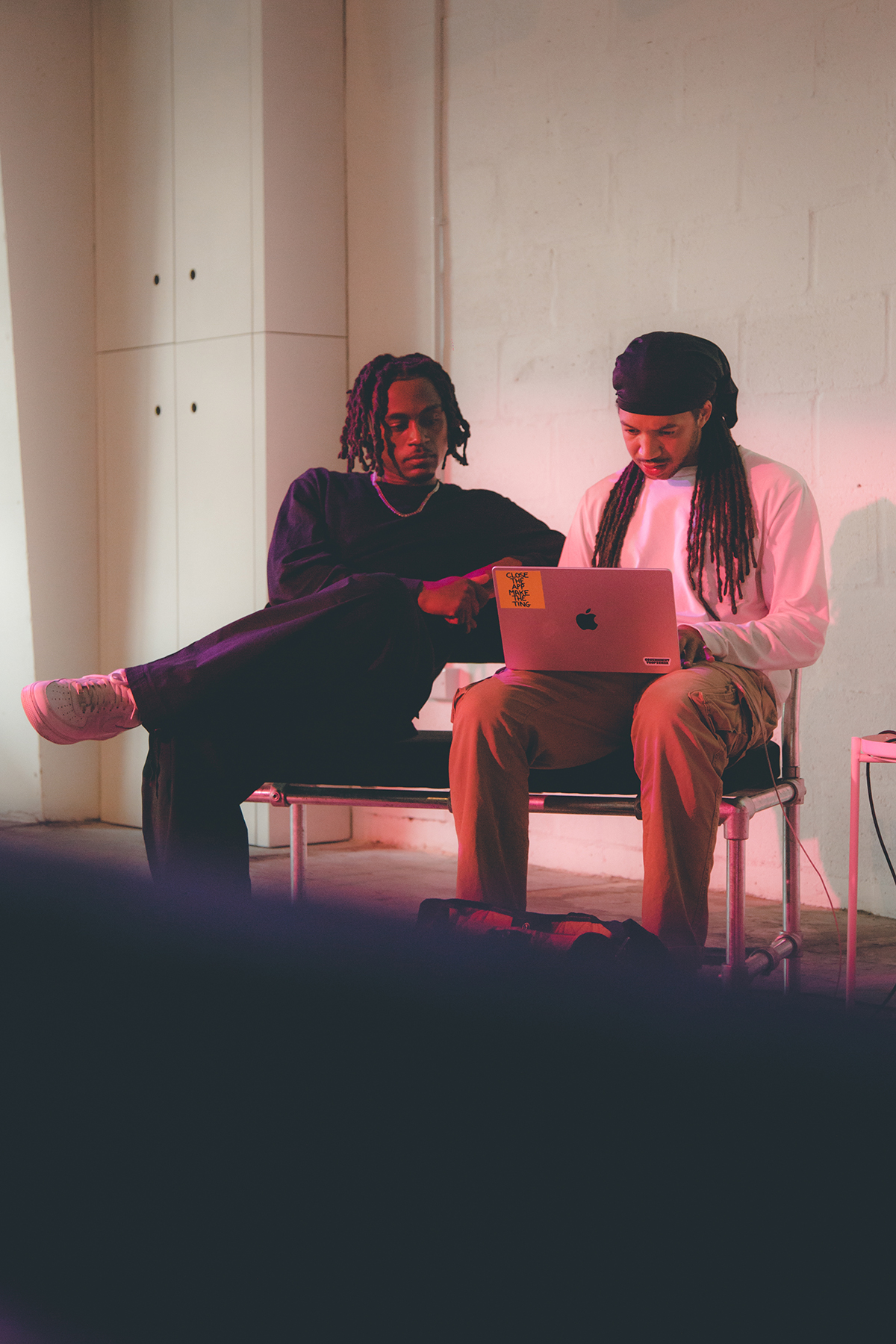
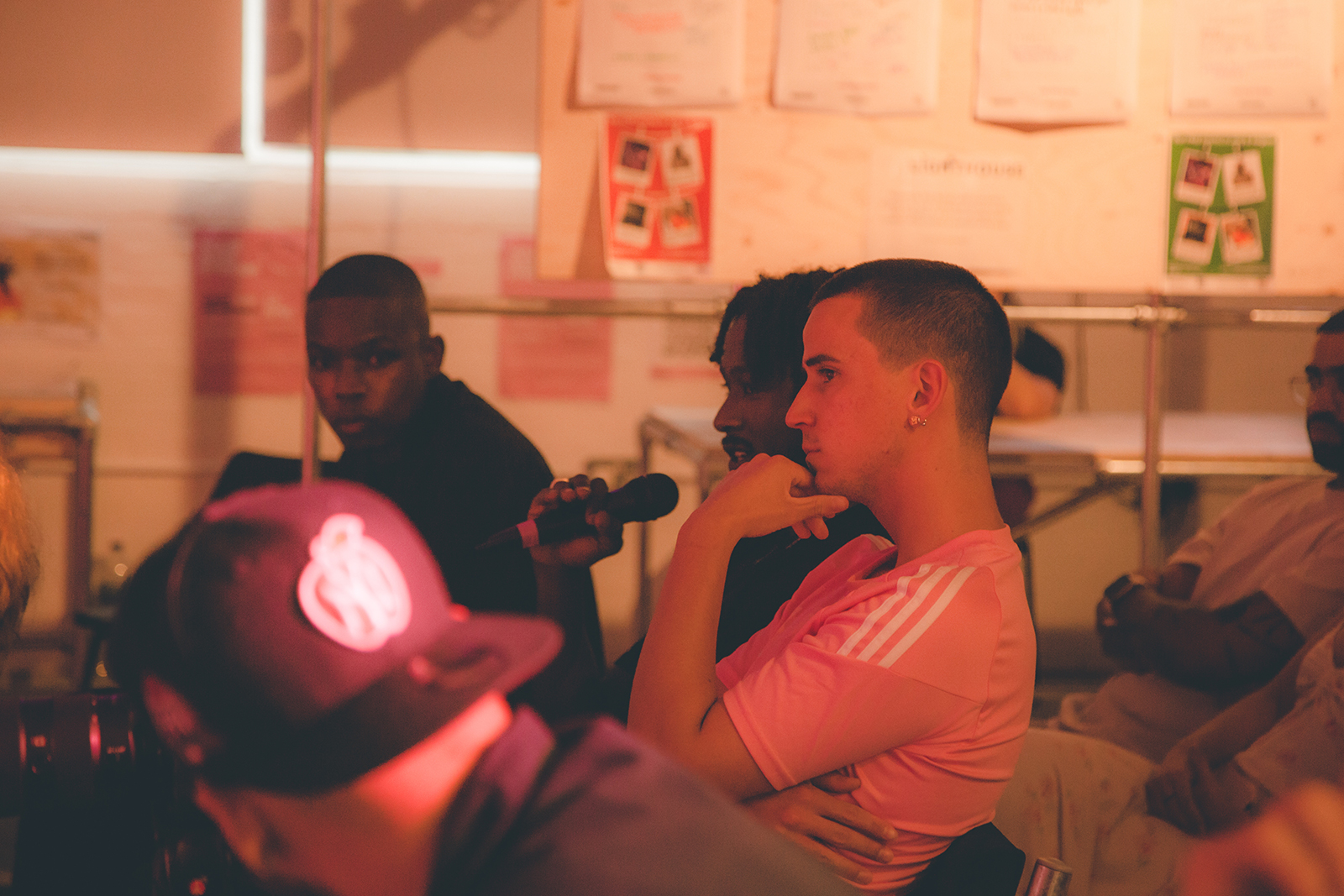
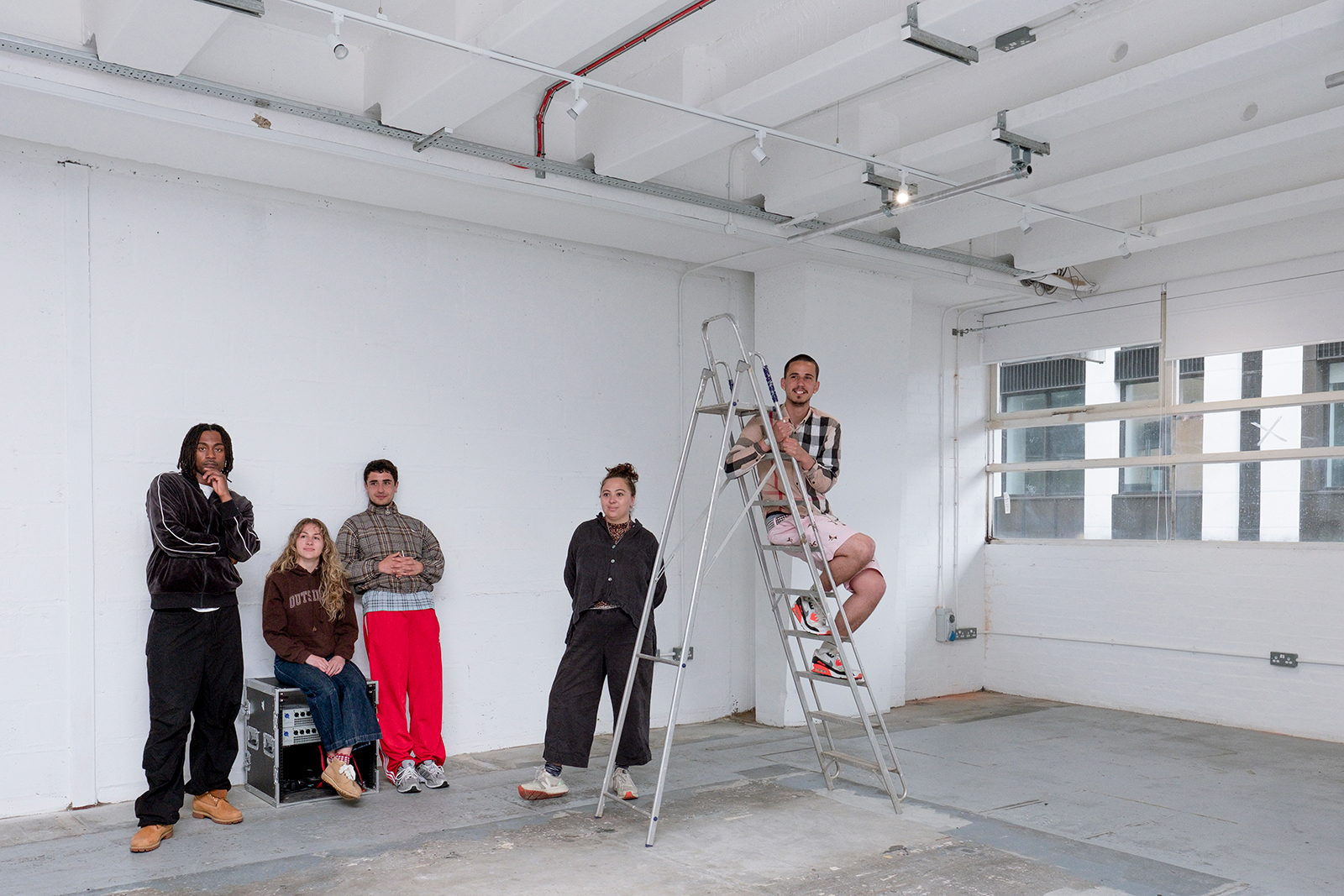 Photo by Nuria Castro
Photo by Nuria Castro
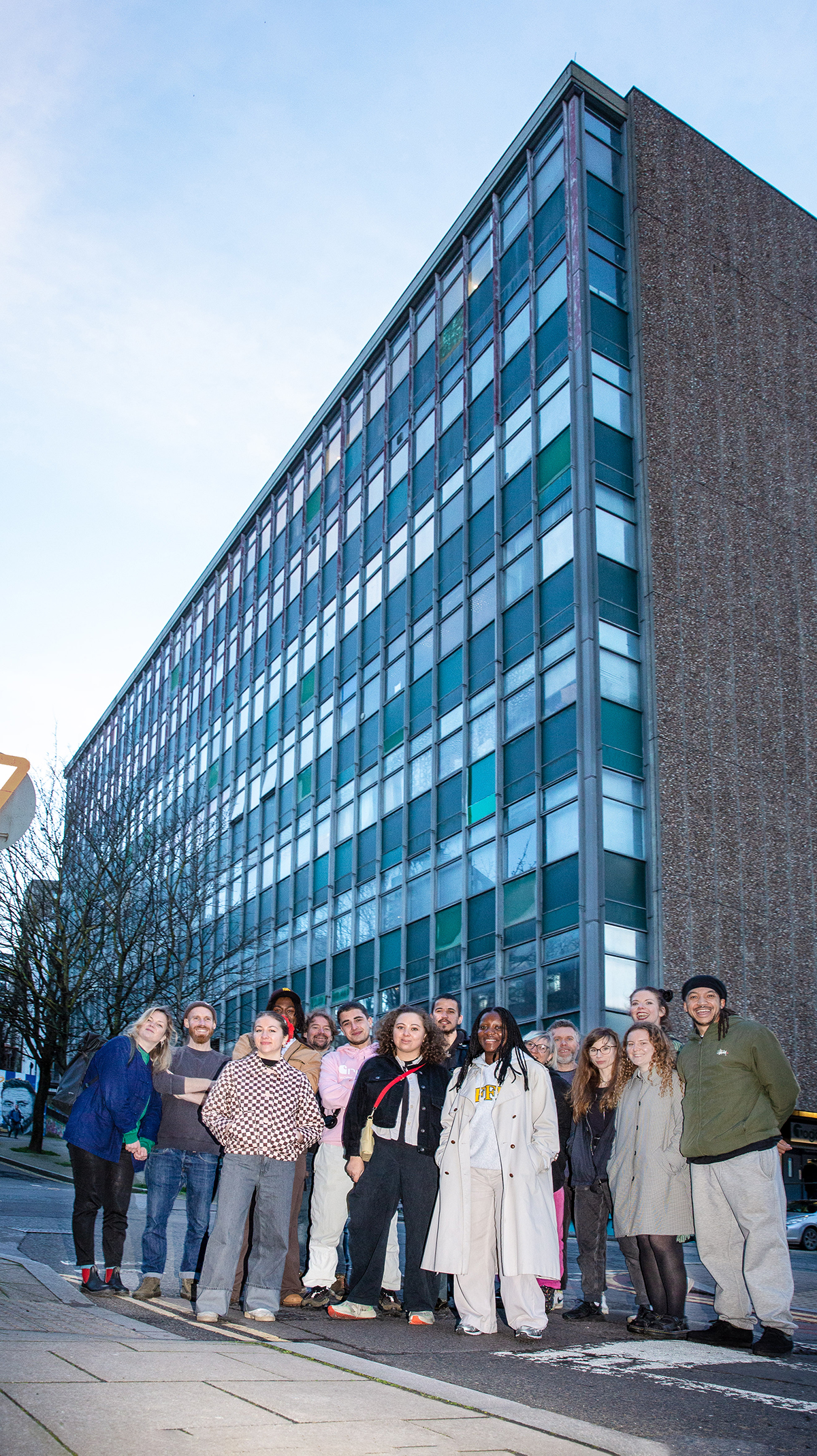
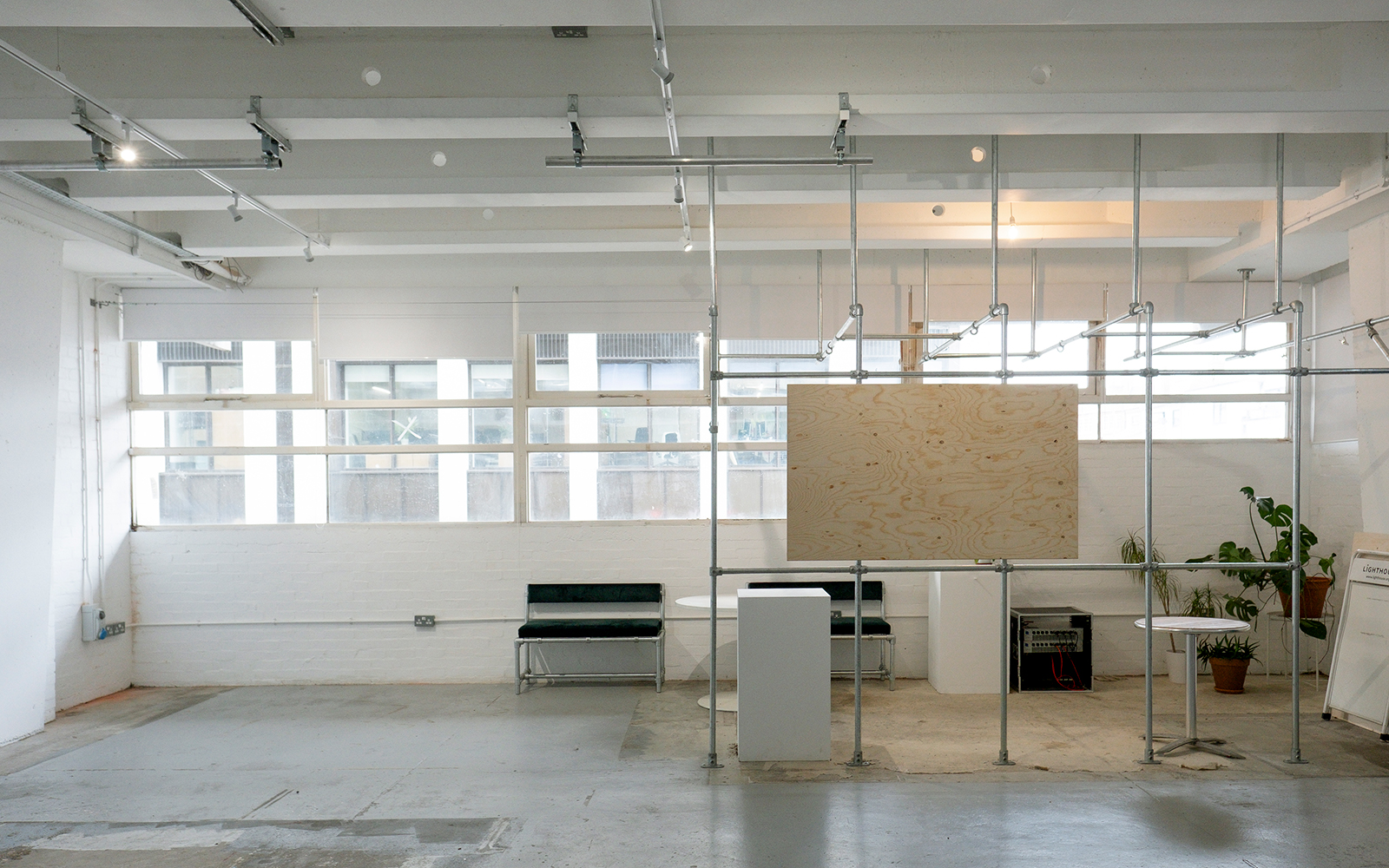 Photo by Nuria Castro
Photo by Nuria Castro
